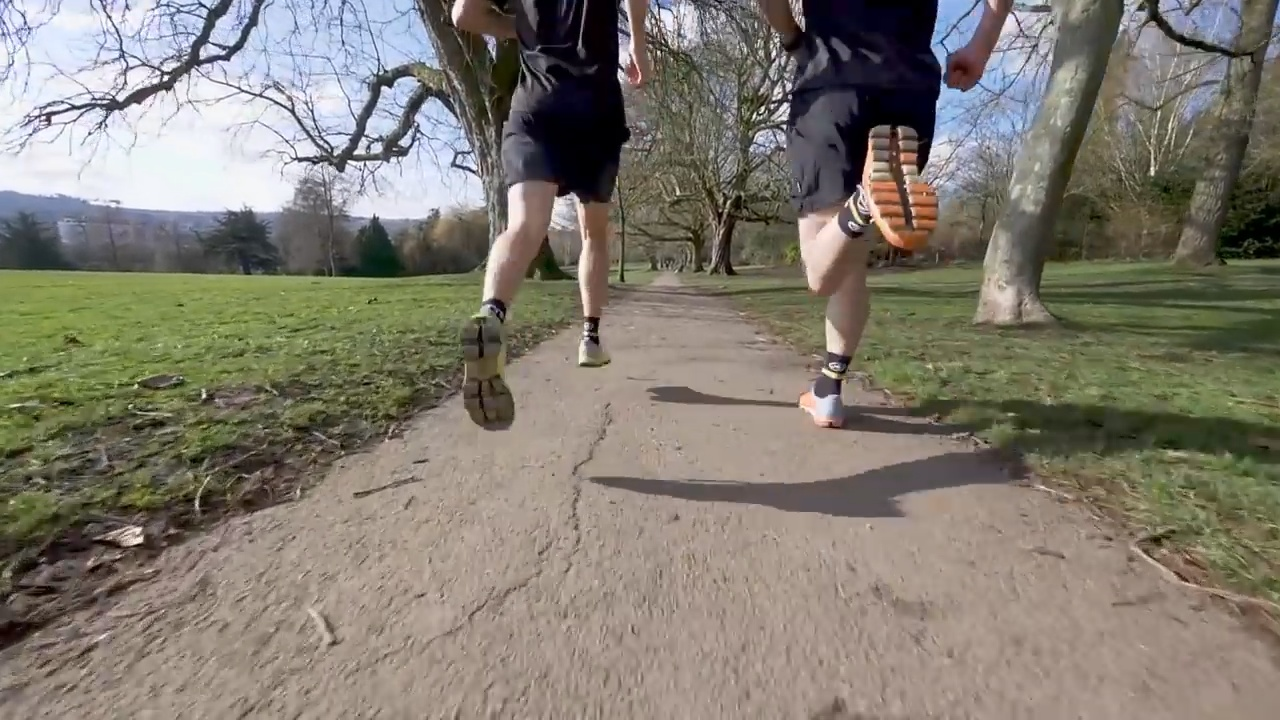The first step to Couch to Marathon is to get out of the door. When you’ve done that, you can do everything else. First, walk for 20-30 minutes at a fast pace twice a week. Over the next two to three weeks, you can start jogging slowly for one to two minutes. Finally, jog for a minute or two.
Keep alternating between running and walking for 20 to 30 minutes. After some training, you can increase the run-walk intervals to 3 minutes each. The following step will be exchanging four minutes of running and two minutes of faster walking, then alternating six minutes of running and two minutes of brisk walking. This way is how you build your endurance until you can start jogging for 30 or 40 minutes without stopping. Always keep your pace slow so that breathing remains under control.

The first three months of your Couch to Marathon will help you prepare for long distances in the next phase and also render an excellent opportunity to participate in 5K or 10k events. You can combine this plan with other Couch to Marathon training.
Now you have to run three or four times a week, so you increase your weekly mileage and endurance. Afterward, you alternate hard weeks and easier weeks with less distance.
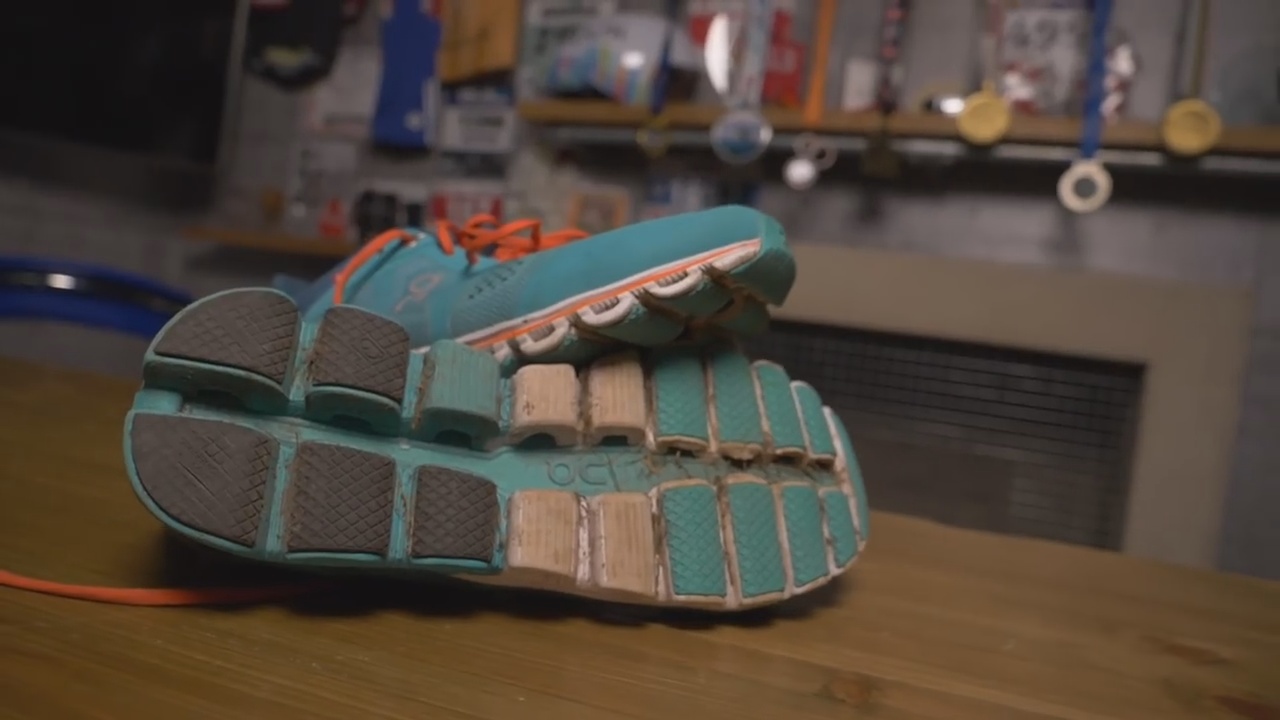
If two or three weeks of Couch to Marathon training went well, take a week of train recovery three times, and run as you feel to keep fit. Sometimes,y weeks like this will help you consolidate your recent gains in endurance while relaxing before starting the next block of Couch to Marathon training.
Running For Beginners
When you master running a 5K, you can feel ready to take the next test. You may have completed your 5K program and felt so good about yourself that you want to challenge yourself further. Or it could be that you are losing weight through your 5K program, but you hit a plateau and need to push yourself to continue towards your target.
The running distances provide the foundations for the next challenge for those comfortable on a 10K. Also, it can be a sound basis for people aspiring to Couch to Marathon. If you intend to run the 21K (13.1 miles) half marathon, you should prepare to devote a lot of time to running. More than you spent on your 5k or 10k training program, but the health benefits are enormous. After spending a few months with the half-marathon Couch to Marathon program, you can start thinking about the Couch to Marathon.
Your Couch to Marathon Training Plan
Running your first marathon may seem incredibly tricky, but it is the culmination of months of Couch to Marathon training. Your training sessions should push and challenge you enough that the race is not as difficult as it may seem now. The Couch to Marathon training aims at getting your body to adapt and process more miles, 26.2 of them to be exact.
Successful Couch to Marathon training
Make sure that the race is far enough away so that you can adequately train. Training for your first marathon can be miserable if you try to do too much too fast. Give your body time to introduce small additional steps, followed by rest periods. Do not struggle for a marathon.
Healthy Enough? Start Small
Every healthy person who can walk can train for walking a half marathon. You need to have the vision that you are not in Couch to Marathon training. Walking 13.1 miles is difficult, especially without building the stamina to go that far. Your body will need an adaptation. Consequently, with an excellent half-marathon walking program, you will be better able to finish the race.
Depending on your fitness level and age, you may need to see your healthcare provider for a physical check. Your doctor can furnish you with the green light for Couch to Marathon training. This fact is significant for men and women over 55 years. Also, it becomes more critical if you have any existing or previous health conditions.

It would be best if you built your walking endurance slowly and steadily. So you don’t need a solid base to begin running. However, if you can walk at least a mile, then you have a possible start.
Getting Started With Couch to Marathon Training
The following describes what to expect and what to do during each workout.
Cross-training (CT): cross-training can be walking, cycling, swimming, or any other activity except running that you like. Do your exercise at a moderate level for 30 to 45 minutes.

Rest days: Rest is critical to recovery and preventing injury, so don’t assume you’ll get fitter even faster in the days of rest. It would be best to build your mileage to avoid overuse injuries gradually and not constantly get tired from running. You can take a whole day off or do some easy cross-training.
Run days: run your designated mileage at a leisurely, conversational pace. Use the breath as a guide. You should be able to breathe easily. If your breathing is out of control, slow the pace.

Also, you can use a run/walk strategy if you need to take walk breaks. You can switch to another day to suit your schedule. You probably want long runs on Saturday or Sunday when you have more time.
When you need to do a marathon pace (MP), run the number of miles to your expected marathon pace. Run the remaining miles at your average comfortable run pace.
Weekly Mileage
Weekly mileage changes dramatically among ultra-runners. There are runners able to run 100 miles per week, but most ultra-runners can’t cope with the number of weekly miles without producing injuries. The trick is to use restoration strategies through Couch to Marathon training to be able to go back for training as soon as possible.
A peak training week for a 100-miles can include runs of 15 km, 25 km, and 30 km totaling 70 km in three days. All the previous weeks of training to work up to this level of mileage in the long run, additional trains for a week included in the training program should be considered minimal.
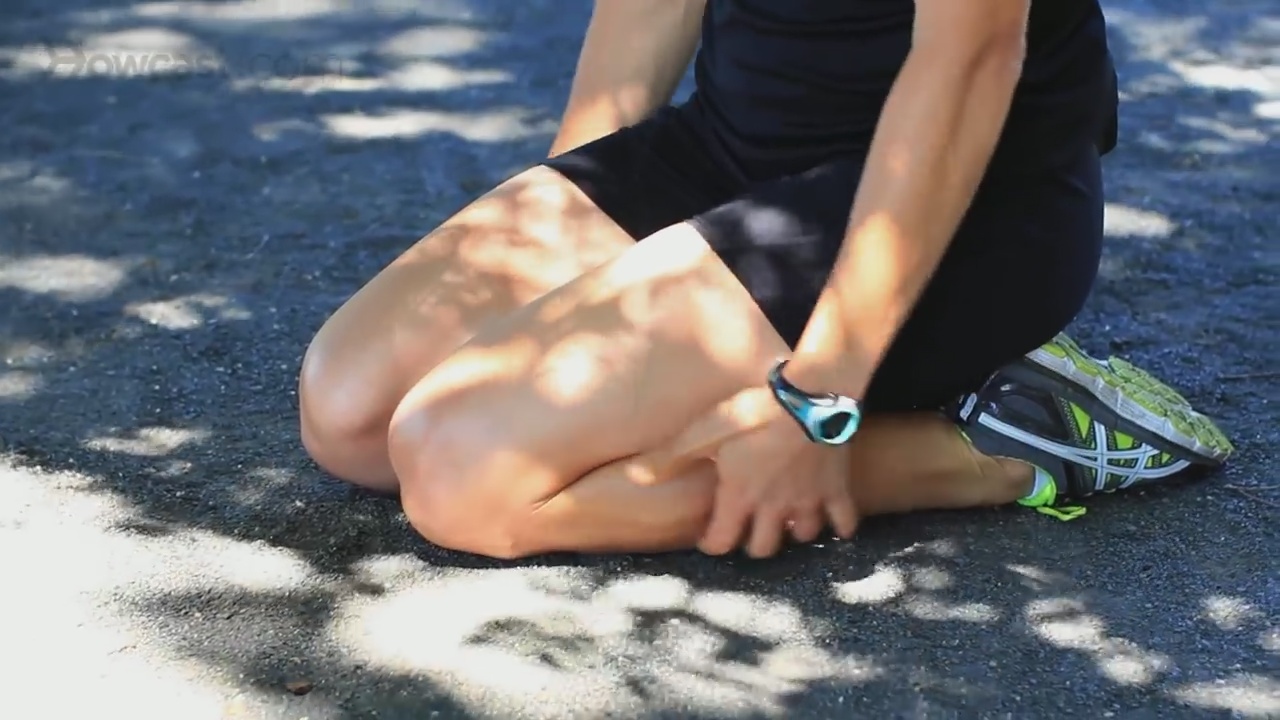
Additional running during the week can be at any mileage level that can be tolerated while allowing for sufficient recovery for the long runs. In this training program, weekly routes are used to manage the overall weekly mileage so as not to increase by more than 10% per week. Success in the 100 km ultra-marathon will depend on long and not short runs during the week.
Instead of thinking about how many miles you can or should work, focus on finding the correct number of miles you can run. If you have trained regularly and without injuries for a few months, try to add a few miles per week. Finally, see how your body reacts. Also, if you notice an increase in fatigue, training is not going well, or the occurrence of an injury, bring the mileage back.

If you feel healthy, you must run more mileage to assess the impact on your race times and overall happiness. Finally, if you like extra mileage and race performance, try to beat it another notch and repeat the process.
The benefit of running more days weekly is that it helps you spread your mileage. This spreading helps to increase your miles with less distance each day. This fact can sometimes contribute to a better recovery because, with less mileage on easy days, your muscles fatigue less. Also, you increase the number of times you deliver oxygen-rich blood to working muscles.

However, adding more days per week to the running schedule can make it feel like you’re always working. If you have a tight schedule, more days can burden training and lead to burnout. Also, if you are prone to injury, running several times a week provides less opportunity for muscles and ligaments to recover fully and may increase the risk of injury.
Half Marathon Training Program
The physiological demands of the half marathon demonstrate that success in the 13.1 miles demands a combination of endurance and speed. It is essential to the progress of learning to prepare the body for hard training and long miles to satisfy the specific physiological needs of the half marathon over the final few weeks of training.
A half marathon Couch to Marathon training program can help you cover 13.1 miles fitter and faster. Beginners and advanced runners face psychological issues, especially when training for a half marathon.
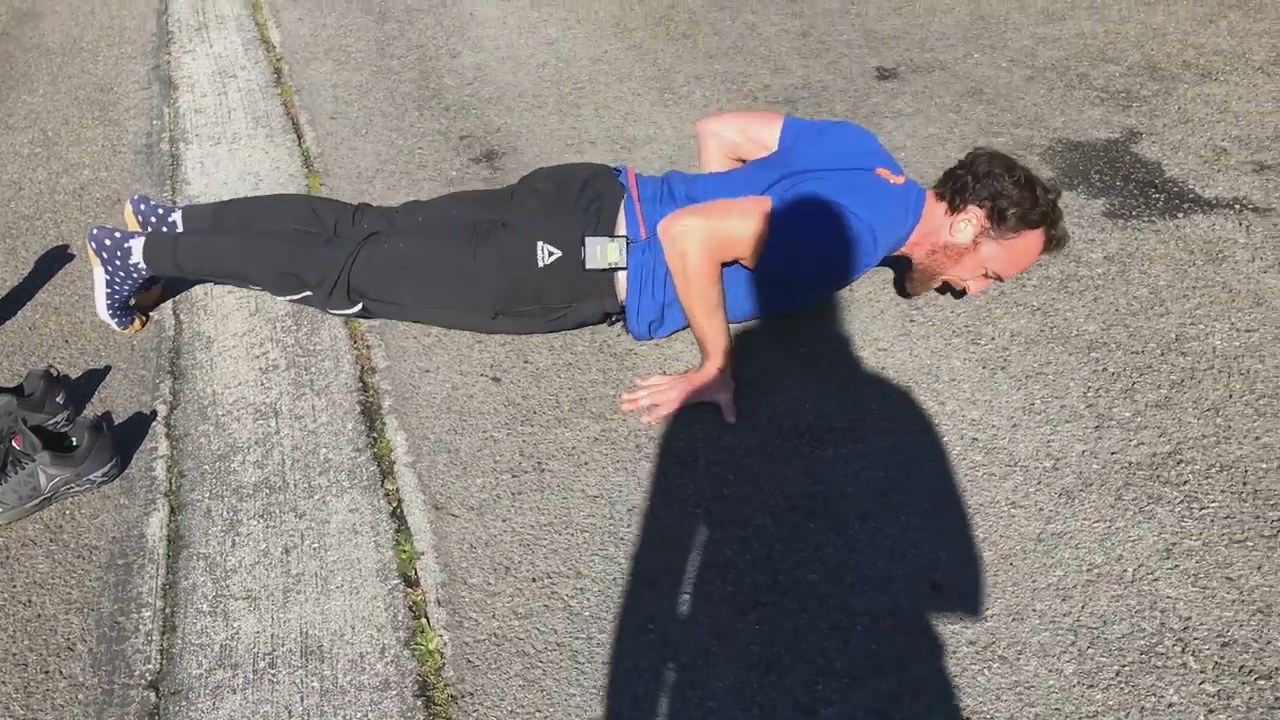
From the energy system, the half marathon is 98 percent aerobic and only 2 percent anaerobic. This fact means that experienced runners training for the race faster should increase their threshold and develop the capacity to clear lactic acid and convert it into usable energy.
Simple Training
- Warm-up: the warm-up should always be at a comfortable pace, and you should be able to maintain a conversation easily.
- Easy runs: faster rate of about 60% – 70% effort; you should still be able to have a conversation.
- Sustainable pace: your breathing becomes difficult, and you cannot hold a conversation; you put in about 70 – 80% effort.
- Easy slopes: run in endless hills with a mixed pace; they will help to increase endurance and speed. Your efforts can be between 65% and 75%.
- Session hill: find a hill 100m to 150m in length and go up and down with power, walk or jog back down to recover between each effort. Continue until you can.
- Rest days allow the body to recover and adapt to your training. You can cross-train with low-impact aerobic exercises or weight training.
Before you Start
Before starting a workout, take a few minutes and think about where you are. What kinds of activities do you do? How multiple times do you exercise per week? What kind of pains do you have that may limit your training?
Answering these questions is crucial to determine where to start. If you are already working three days a week, you will be in a completely different place than one who does not exercise regularly.
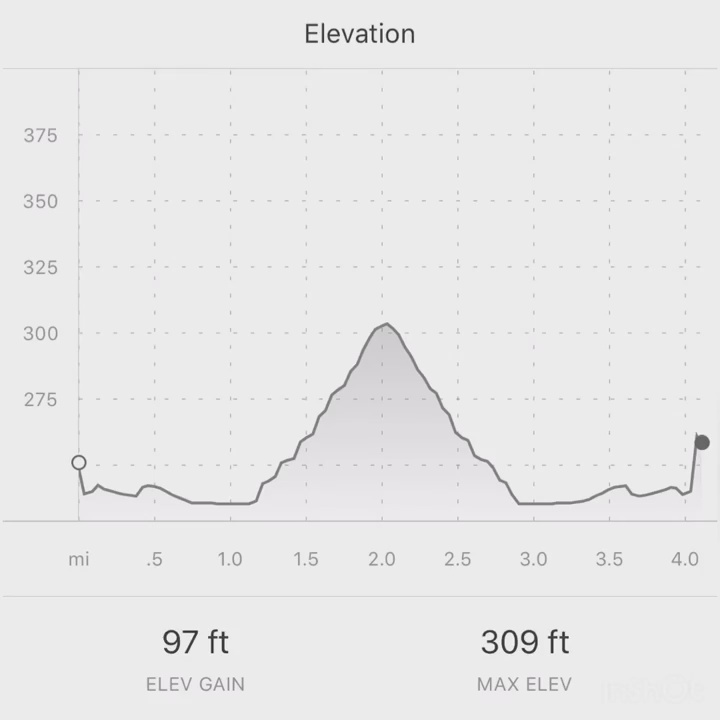
Pay close attention to the fact that aches and pains can limit your progress. Proactively approaching known injuries can significantly help you to be strong. Disregarding these injuries can set you up for failure, leading to increased recovery time.
Planning and Actions
A deliberate plan is a critical component. If all you do is run, you risk burning out mentally and physically. Your body will play at its peak when all muscle groups are firing in symbiosis. It would be best to have all these muscle groups play at full strength and avoid injuries. So even if you could feel that the other workout is more beneficial than yoga, be consistent in providing your body with alternative forms of training.
Carbohydrates are an integral part of a successful race day, but when you train for several months, you want to be conscious and mindful of your nutrition. Also, you have to drink a lot of water regularly. Even in cold climates, your body sweats when you run. For scorching and more extended work, make sure that you monitor and replace your sodium levels.
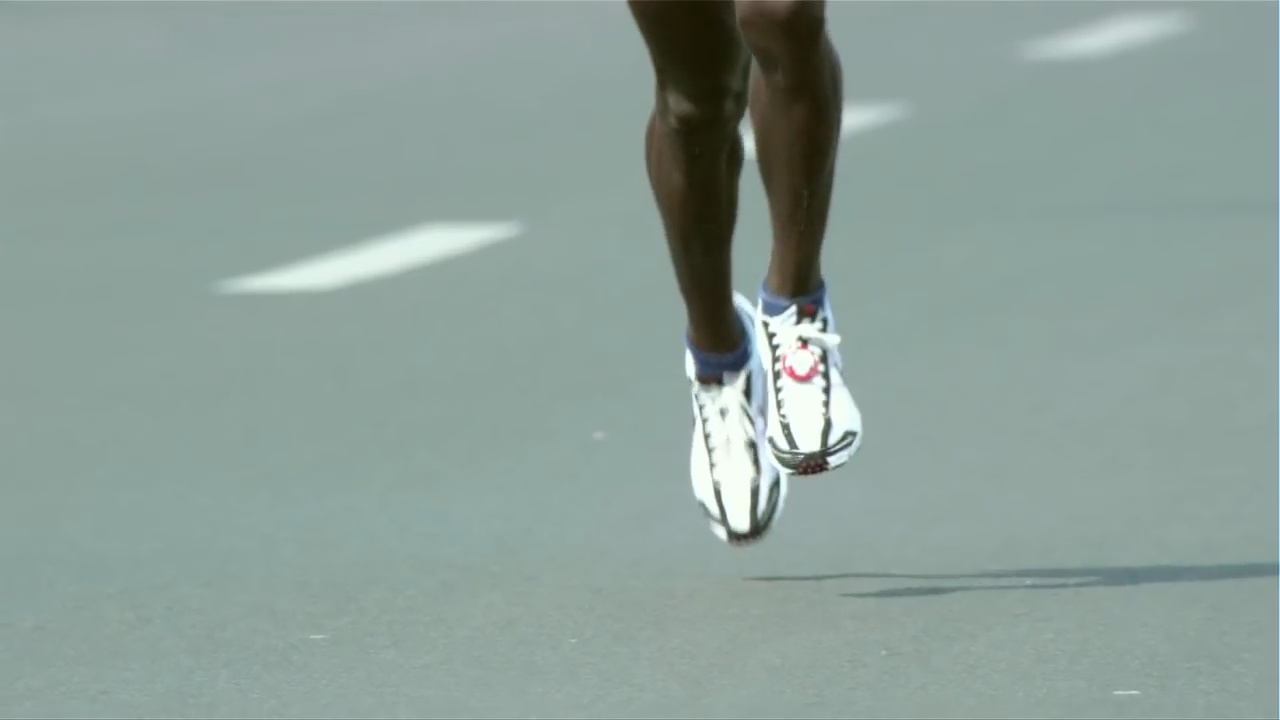
Once you train, you have days to run more miles than you plan for training. Nevertheless, you have to increase your mileage in increments of a week. Everything that happens before your body is ready will make you more prone to injury, overuse, and burnout. To sum up, schedule your weekly step and stick with them.
If you decide to work alone, take the necessary precautions to ensure your safety. Let someone know where and when you will run and your expected rate. Wear reflective apparel, and be conscious of your surroundings. Finally, carry your phone with you so you can call anytime in an emergency.

You may question how to improve your pace, treat injuries, or be interested in the benefits of routines. Learning from others is an excellent way to enhance your performance and wisdom. There are many resources in social media channels dedicated to running.
Improve Your 5K Time
If you spent a few races in the 5K distance, you are probably not satisfied to finish the 5K race. You would like to end it with grace, in style and maybe improve your time to set a personal record or PR.
To improve your PR, you need to improve your endurance and speed. You can do this by running more miles, running faster, or combining both.
To achieve the full potential, you probably should run 3-4 days a week and range 15-20 km for at least a last year or two. That foundation helps you have an understanding of concepts of performance. This way is the type of training you need to do if you want to improve your 5K time.
Reach Your Goal
Many runners shy away from the responsibility of running a marathon because they feel that they do not have enough time in the week to complete the entire workout. Consequently, you need to get the most out of your marathon workout while spending the least time to reach your goals.
Our body can only manage exercise stress to a certain point before we get injured. Through many trial and error cycles, coaches realized that the way to go is pushing hard one day and then recover with 1 or 2 days of light training before starting the next hard workout. It was the birth of the hard day/natural day formula and the style of practice that elite athletes around the world follow.
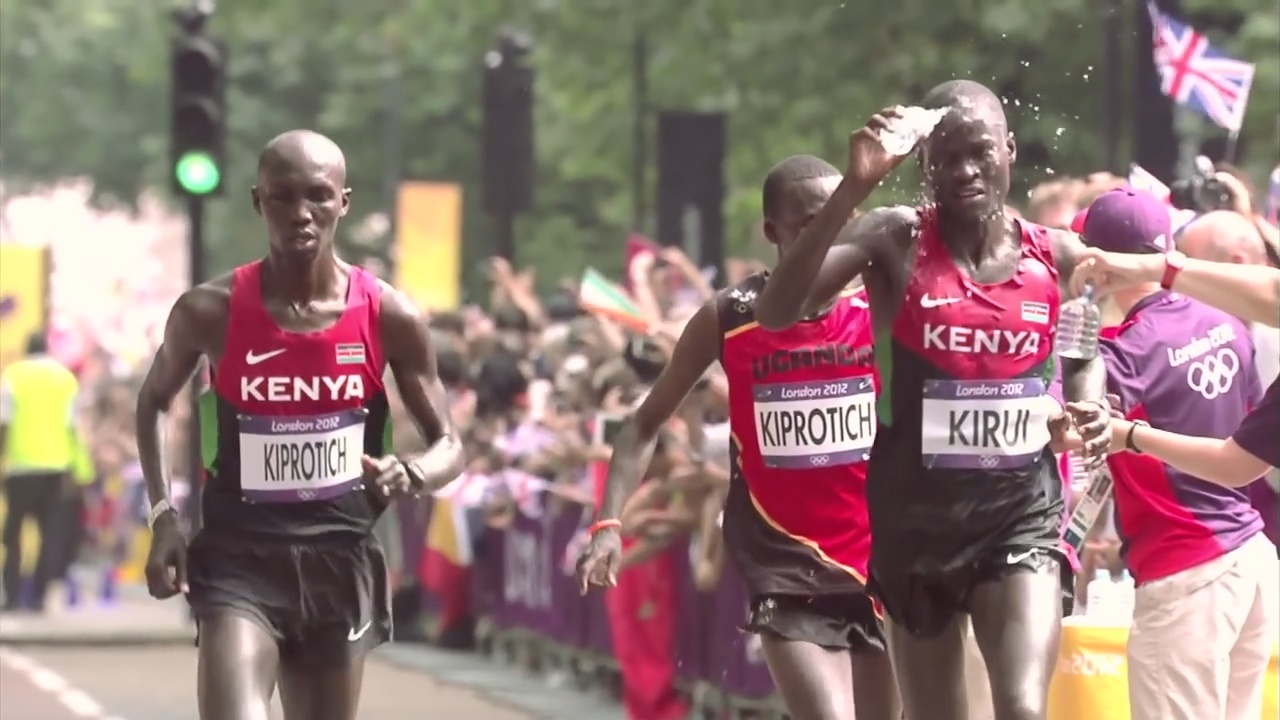
Moreover, you need to train more than one or two different running paces for a week of practice. It would be best if you mustted many different speeds to maximize both ae and anaerobic energy systems, regardless of the upcoming race. Integration of multi-pace workouts in the cycle helps to make you stronger, faster, and with fewer long-run days a week.
Ground Rules
Before you start mapping out the schedule, there are three basic rules that you should know about training plans.
The number of miles run should determine the structure of your week. In General, the more miles you can complete while staying healthy and adequately restored, the faster you will get.

Starting with your current weekly mileage, go up or down until you find what‘s best for you in your life‘s context. Never increase the distance by more than 10 percent in one week; that is a sure path to injury and overtraining.
If something hurts, take the day off. If you feel lazy and sleepy, eat a cheeseburger. Never push through the pain.
Half Marathon Training Tips
Preparation for the half marathon is a good step on the way to the first marathon. Half is the perfect way to find out if you like to drive long distances and outfit yourself for the marathon’s physical and mental challenges.
By following one training schedule, you will gradually evolve through four stages of your training: endurance, strength, speed, and contraction. Before you start preparing for the half marathon, make sure you can follow a specific training schedule.

Distance
Although the training schedule recommends a 3 to 12 miles distance workout, don’t worry about not reaching the exact length from day 1 of your training as long as you get close.

Stretching
Include stretching and strength exercises in your daily exercise routine, especially after running. It is also essential to stretch during your warm-up.
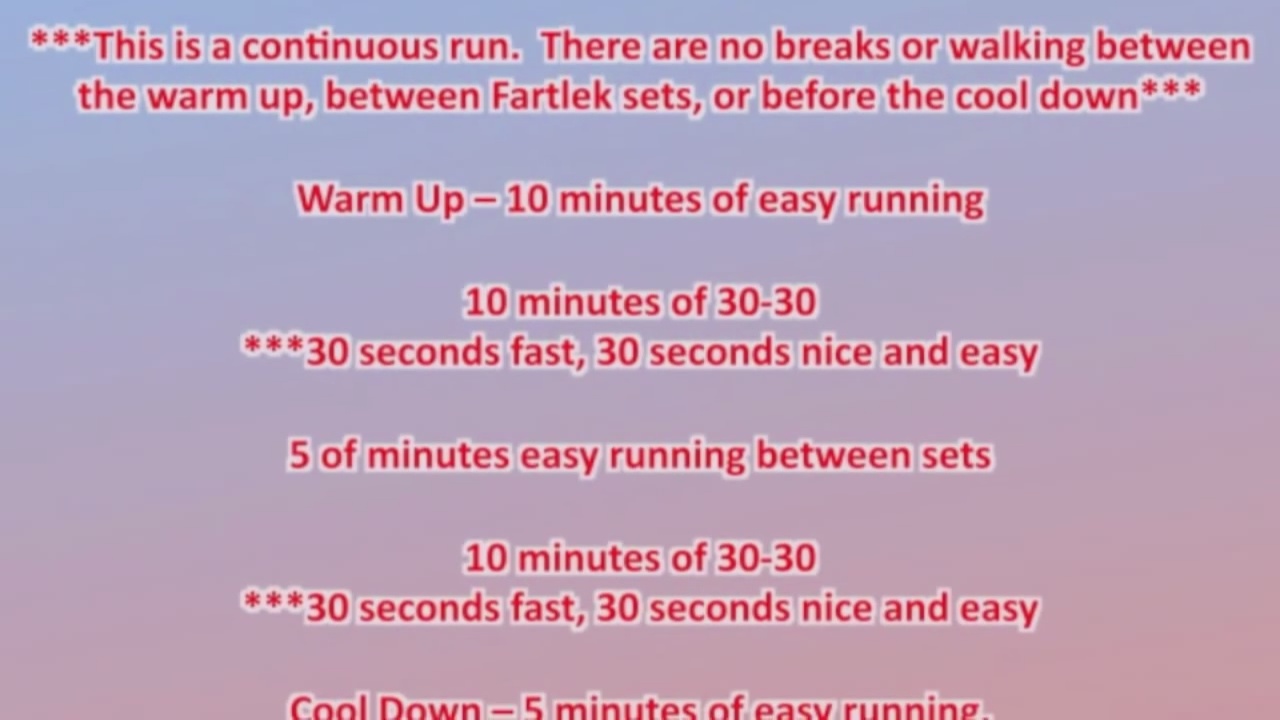
Rest Intervals
Take one or several days to recover after a tough training bout. Be realistic and not exhaust yourself.
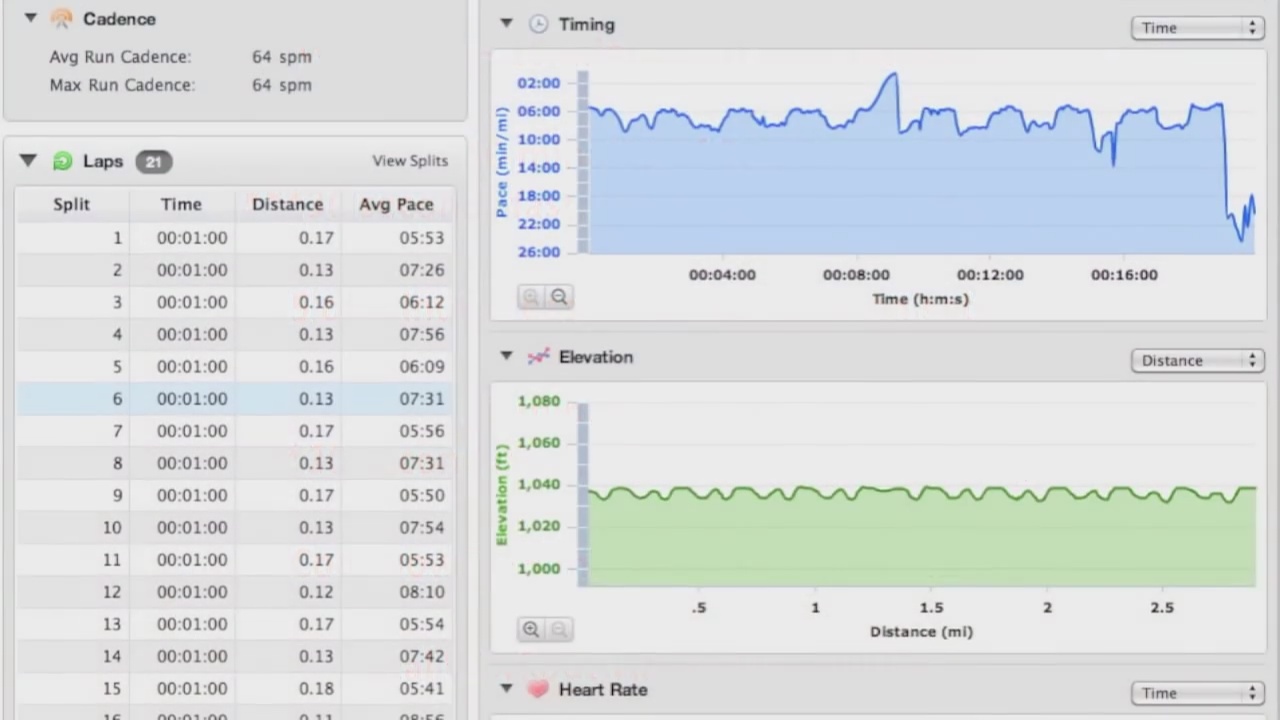
Active breaks
Walking is a great way to recover from strenuous workouts actively. Stop running and start to walk whenever you feel tired.
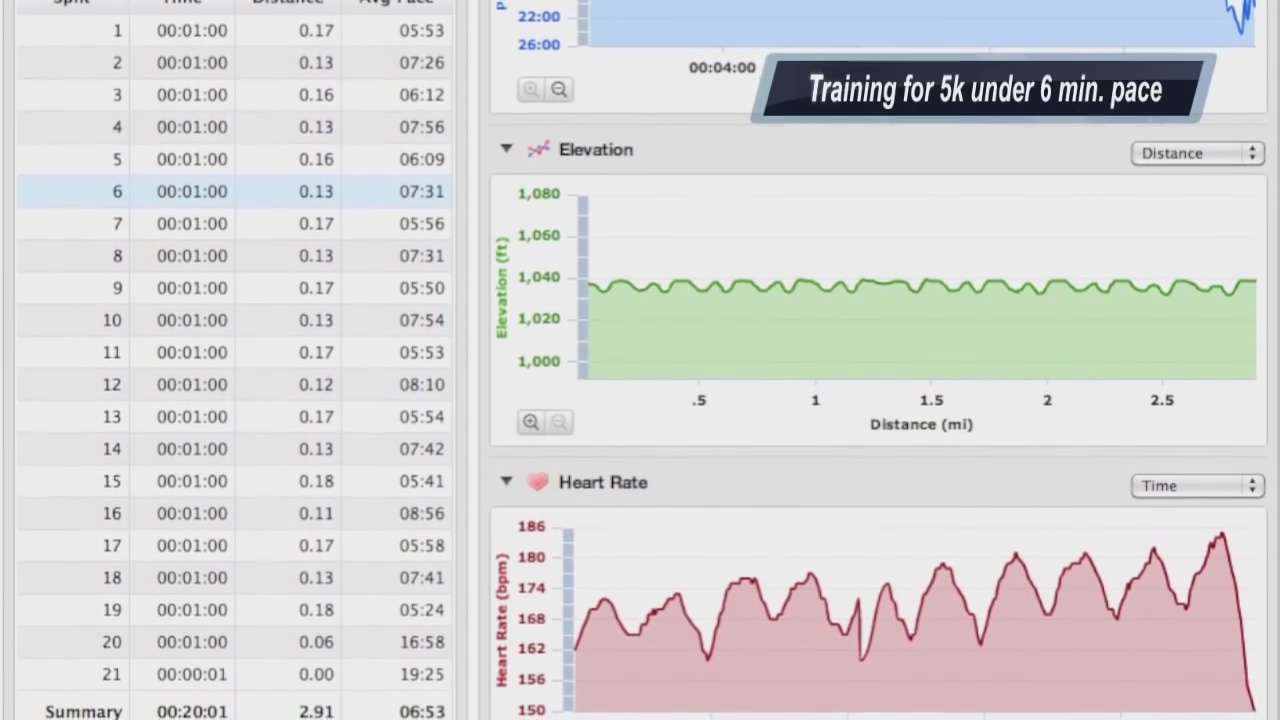
Pace
Try to maintain the speed you aim to run for the race. There are exercises to help you get into a racing rhythm.

Alternative exercises
For maximum benefit, combine workouts and how you feel daily and weekly. The main thing is consistency. Also, take an extra day off when you’re tired, as long as you still train and do it right.
Half Marathon Intermediate Training
This program is suitable for experienced runners who want to improve their performance. Most often, those who decided to follow this protocol know half and total marathon races.
https://www.youtube.com/watch?v=ftAot5sPHes
Slow Runs
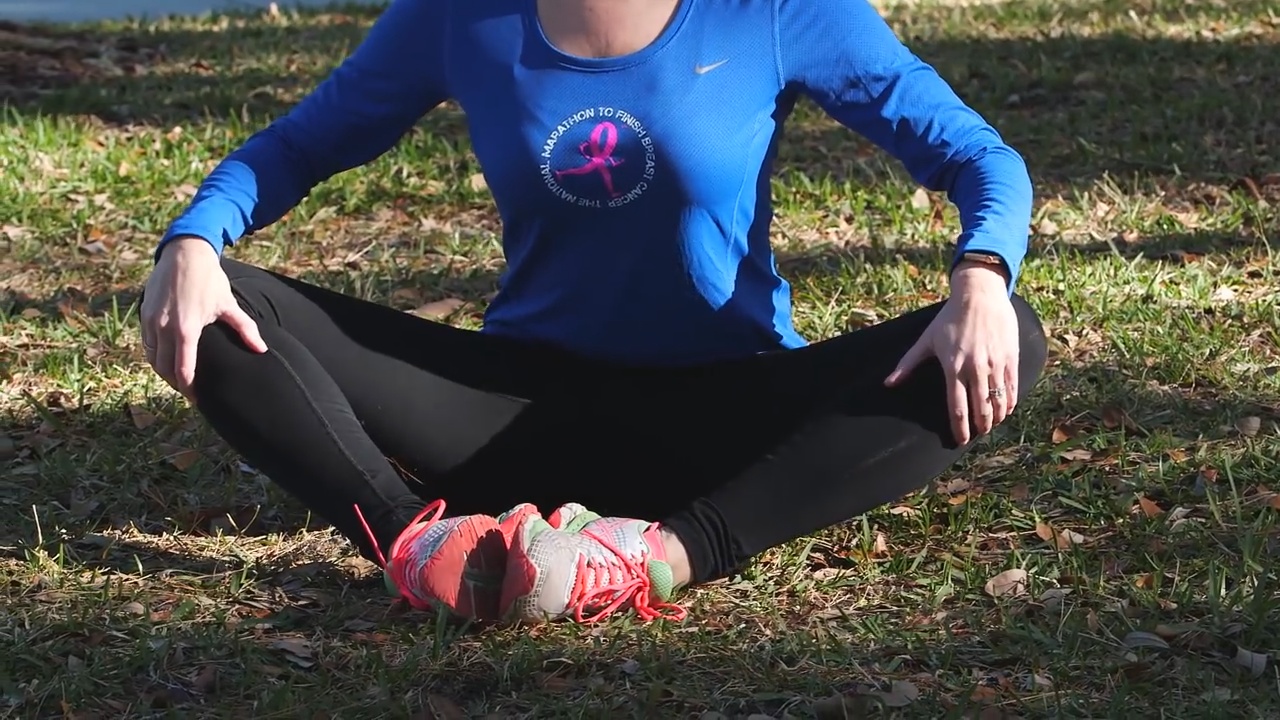
Mondays, Wednesdays, and Fridays or Saturdays are too slow running. Run at a pace that suits you. If you wear a heart rate monitor, it will be easier to determine the ideal rate is between 65 and 75 percent of your maximum heart rate.
Stretching
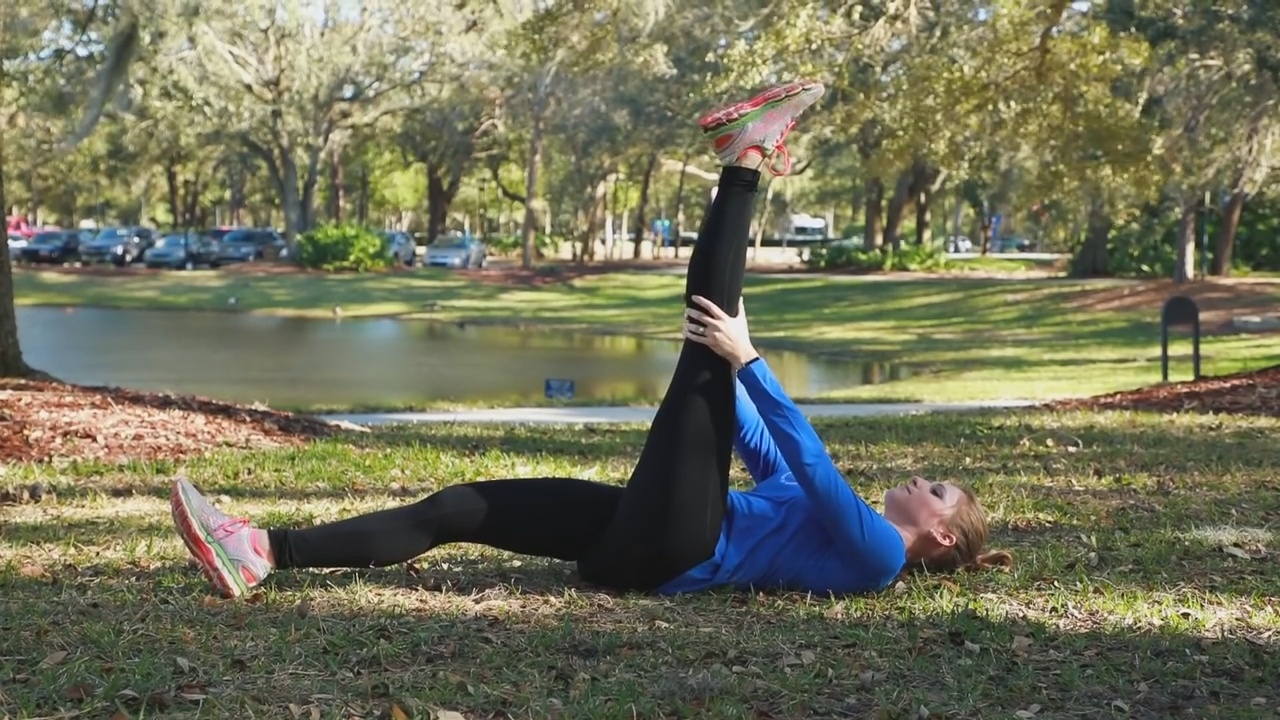
Mondays and Wednesdays are for strength training and stretching. You should do stretching and strength training almost every day after running. Nonetheless, these days should be on this kind of workout. Do some pull-ups and light weights or treadmill at low speed.
Rest Intervals
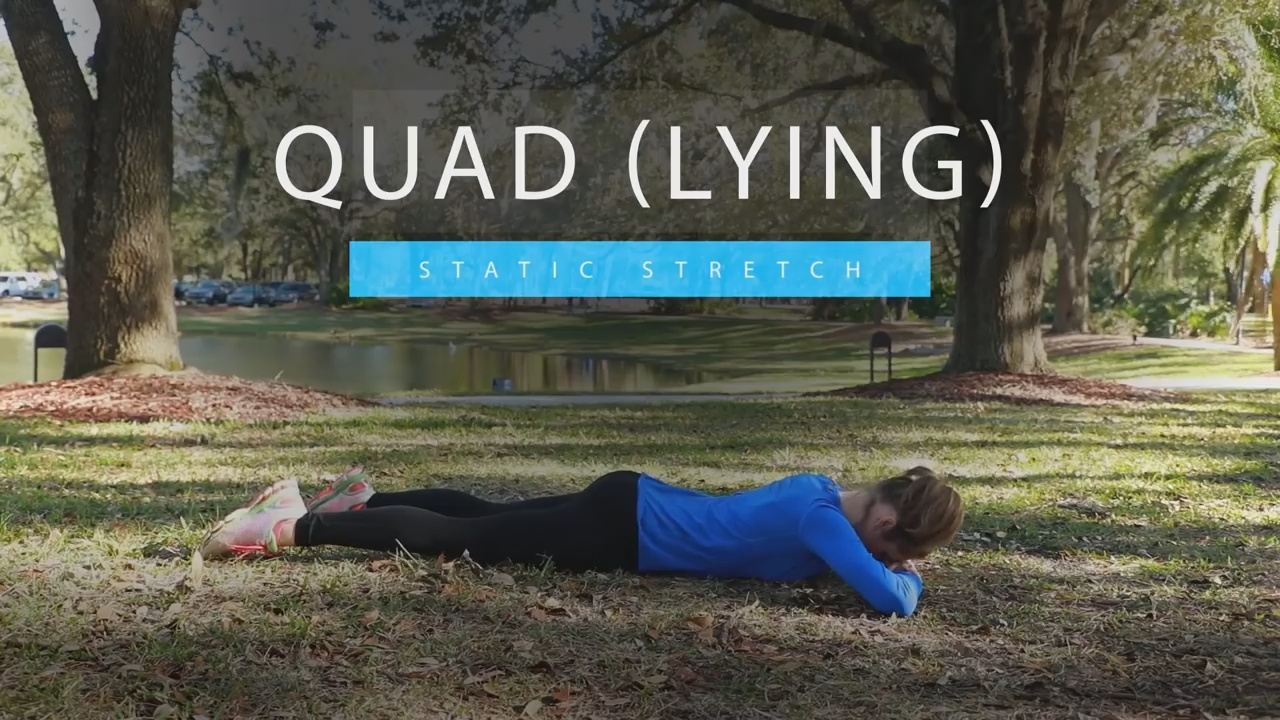
Listen to your guts and take rests, especially in the final weeks of your training. Rest is the only way to evade distress.
Hills

Height varies between 200 and 400 meters. Jog or walk an equal distance between reps. You can even replace the hill trails for jogging or any interval training.
Warm-up

A warm-up is vital. You can jog some miles, stretch for 5-10 minutes and run about 100 at race pace. Finally, cool down by walking for a few minutes.
Long Runs
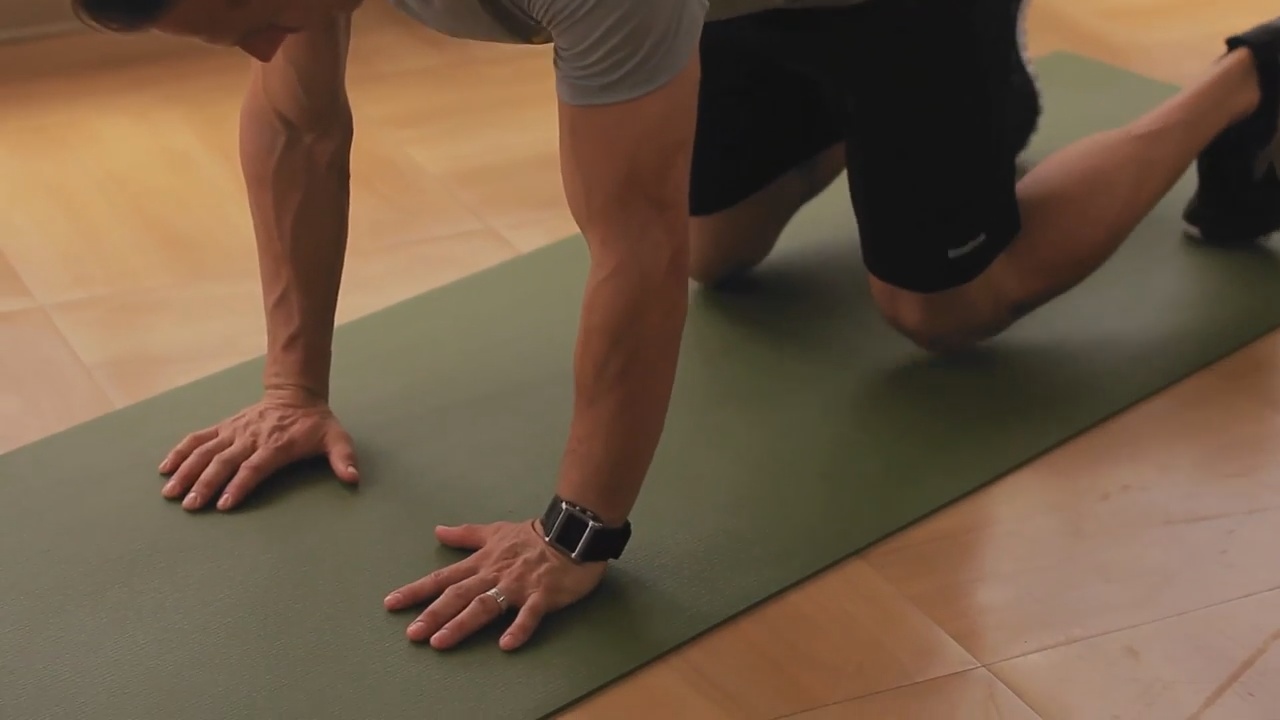
While you probably run 60-90 minutes, with a Half Marathon Training Intermediate program, you will need to improve the time to 2 hours, especially as you approach race day.
Half Marathon to Full Marathon
If you prepare for a half marathon to run a full marathon, it is imperative to have a mental and physical break following the half marathon. So take two weeks off running and complete some light aerobic exercise. If you finished the half marathon quite comfortably below two hours mark and finished in good shape, a marathon is an option.
If the race was a struggle, you might continue running half marathons and associated training before looking at the full marathon. After you complete a half marathon with decent timing, you need a preparation period of 4-5 months to attempt the first marathon. An excellent general rule is that you must be able to perform the two hours it takes about three months from your target marathon.
4 Hour Marathon
Running in 4 hours 26.2 miles needs a high level of physical fitness. Less than 25% of marathoners have broken the 4-hour barrier. You have to run at a good pace throughout the whole marathon. Even if you are already an athlete, you cannot accomplish a 4-hour marathon if you train little. You need to complete at least a 12-week training plan.
If you don’t know if you can do a marathon in 4 hours, you can do a test 10K race at least five days before the race. You should be able to run a 10K in less than 52 minutes, which is about 8:23 per mile pace. If you finish between 52-55 minutes, you have a chance if you did a lot of training for endurance over 15 miles long. If you have 10K more than 55 minutes, you might expect a 4:15 or 4:30 marathon.
Marathon Long Runs
When you work on the training schedule, it is essential to remember that 17 miles or more mileage is a long run. The marathon long run helps you increase your endurance, but only if you practice with the right intensity and speed.
During your long runs, you should start with a slower pace in the beginning, and when you reach the 5-mile mark, you should increase your rate so that you run at speed about 20% less than your target pace in the marathon.
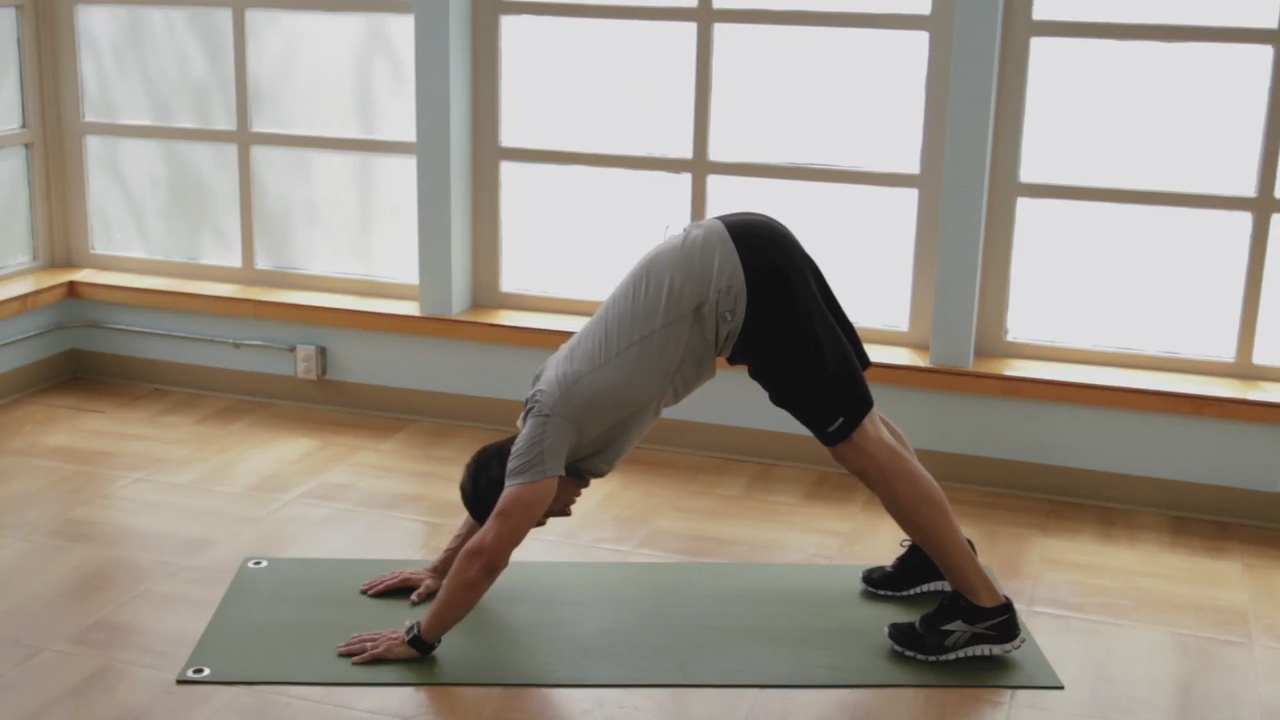
Your pace for the last 5-6 miles should be approximately 10% less than the rate you would use in an actual marathon. Remember always to consider how you feel and accordingly adjust your daily workout.
Marathon Training in Busy Lifestyle
After you have the critical workouts for each marathon week, the next important step is to structure the program so that you achieve your weekly goals each week. Moreover, allowing enough recovery.
You will notice that all intense sessions need to have a day off. For example, when you have an interval training day. The minimum training frequency should allow all requirements. Most runners have a minimum of one day off a week, which should ideally be after the weekly long run.

It is essential to plan your weekly training program to fit your work, family, and study responsibilities. A training program that is not on external obligations is usually interrupted, and you will end up missing sessions. Don’t aim too high, trying to squeeze too much marathon training into a busy lifestyle. Be realistic when choosing half marathon training goals and weekly training structures.
Time-Saving Advice
Apparently, in a perfect world, we all have the time to devote to our schedule the preparation for the marathon, but the reality is slightly different. We need to build up to run 13.1 miles in one go, and it will always take effort if done correctly. So consider ways to make it work and feel your workout at the beginning of each week to avoid any potential problems.
In a well-written training schedule for a marathon, you will find that the running distance slowly but steadily increases throughout the program.

You have to quickly develop your mileage even if you are extremely short of time. For time-saving, you must use additional sessions such as intervals, hill reps training, pyramid, etc. These sessions are tough, and it’s a great way to build more power in the legs and the strength and endurance of the heart and lungs.
If you struggle with time, using a treadmill at home may be the best option because you can perform even with timing difficulties. For example, you can do 10 minutes before going to work, walk at lunchtime, and do a short walk while your dinner is cooking, all the better than nothing.
Make Training Fun
A first training plan can be complicated, so deciding to tackle this feat with a group of friends, your spouse, or your local running club can take a lot of miles and be much more enjoyable. You can have good conversations during the runs. Also, you can spend more time with people you enjoy.
Consider joining a charitable group, such as a training group that works to make money for cancer investigation and makes you accountable for your daily run. In almost any marathon in the country, you will see dozens of men and women running in teams with purple outfits. They all look like they have fun doing what they love for a good cause.

Regardless of how you plan to overcome your first marathon or where you plan to do it, look for ways to enjoy and have fun. Following this mindset, you will have better outcomes and results.
Example of a Weekly Marathon Training Plan
Monday: Mondays are usually rest days. Don’t ignore rest days since they’re essential to your recovery and prevention of injuries. Your muscles build and repair themselves during rest, giving you a lot of strength. Also, you’re increasing the risk of damage if you don’t take a few days of rest.
Tuesdays and Thursdays: after warm-up, run at a comfortable pace for the designated mileage.

Wednesday: after a 10-minute warm-up, run the designated mileage at your marathon race pace (RP). Follow that with 10 minutes of cooling. If you are unsure what your marathon race pace is, add 30-45 seconds per kilometer to your half marathon pace.
Saturdays: Do a slow-distance run. Run the designated mileage at a comfortable, conversational pace. Use the breath as a pilot. You need to breathe easily and talk in complete sentences comfortably during your run.
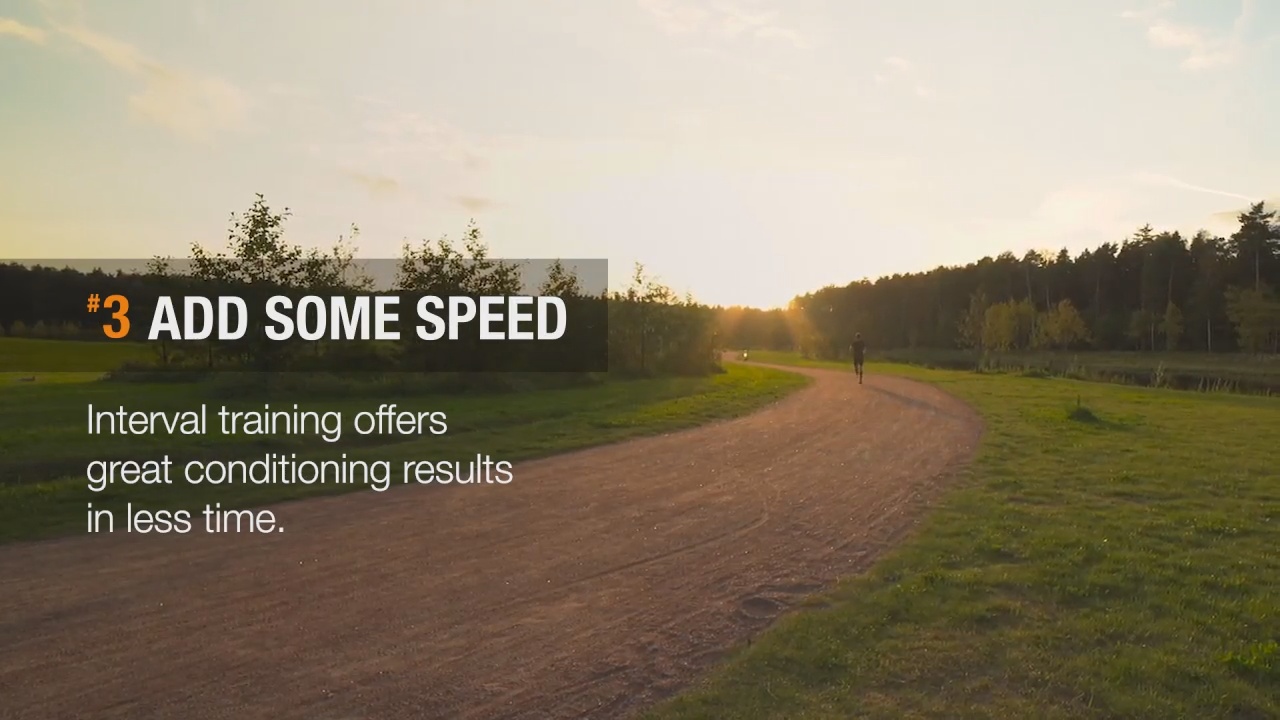
Sunday: Sundays are days of restoration. Run at a leisurely, comfortable pace to help loosen your muscles.
Finally, switch days you can switch to accommodate your schedule. So if you prefer a workout on Monday or Friday, it is good to swap a rest day for a run day.
Marathon Training Options
Active, experienced runners who have race experience may want to consider training for a marathon with speed training activities such as fartleks, intervals, etc. Such programs focus more on athletes who already have a pace and aim to increase their rhythm to finish the marathon within a particular time, for example, in less than 3 hours.
On the other hand, for first-time marathon runners with little experience, especially on long distances over 14 miles, the goal is to finish. After the first marathon, you can set your marathon pace and end time. Consequently, you can set realistic goals for the next marathon and consider training programs aimed at a specific target. To finish, increase and improve your level of fitness gradually. Record training runs, so you can see your improvement as you progress.
Training Schedules
If you decide to run the half or full marathon, preparing the mind and body to run 13.1 miles in the half marathon or 26.2 miles in a marathon is no easy task. Only .5% of the US population has run a marathon. Although this percentage is small, the popularity of running these races is growing, as many runners see half or full marathons as a noticeable progression in the racing repertoire.
While virtually any runner can complete a marathon, it is a time commitment and requires determination and physical, mental, and emotional strength. That’s why, regardless of the race length, it is essential to follow the training schedule to track your progress in preparation for the event. Even the most experienced runners use a particular Couch to Marathon training schedule for each race to ensure they can complete the race with less risk of injury and have a good experience.

Here are some links to Couch to Marathon training schedules for the half and full Couch to Marathon. You can use the programs regardless of your current level of experience.
https://www.halhigdon.com/training/half-marathon-training/
https://www.health.com/fitness/half-marathon-running-plan
https://trivalleyrunningclub.wordpress.com/running-resources/archive-half-marathon-training-group-runs/
https://www.runnersworld.co.uk/training/training-plans/try-this-brand-new-16-week-marathon-training-plan
https://medium.com/@ezyjules/idiots-one-month-marathon-training-programme-b6311f4e156f
Choose a Couch to Marathon Training Schedule
The Couch to Marathon training schedule you choose will depend on your goals. For the first Couch to Marathon runners, your goal should be to complete a full Couch to Marathon. Don’t worry about time and imagination running sessions. Focus on long-distance form, building endurance, listening to your body, etc. 26 miles is a long way for a first Couch to Marathon time. You want to train yourself to think and feel like a runner on long distances.
There are 16 weeks, 20 weeks, or 32 weeks schedules for Couch to Marathon training. Choosing one depends on how much time you have and what rate you are comfortable with building your long-run mileage. For example, a 32-week training plan makes it runs more slowly than a 16-week schedule.

Each of these plans comes with a layout of which days to work. You can change the program to suit your daily schedule. Nonetheless, make sure you put in the miles because it’s marathon training, so you need to build stamina. If you don’t find your perfect plan, develop an individual learning plan that meets your goals, time, history, etc.
Pick a Couch to Marathon
Autumn and spring are the two most popular seasons to run marathons. For the spring Couch to Marathon, you must train in the winter. The Autumn marathon might be for you if you want to run in the heat. If you like to run in cool to cold temperatures, try a spring Couch to Marathon. Many first-time marathon runners prefer to stay local because they can keep their schedules intact.
A disrupted schedule can cause damage to your diet and sleep before the Couch to Marathon. If you travel to a marathon, rest before the race to recover your plan and get some extra sleep before the big day.

Also, consider the scope of temperature in the place you will run. Make sure that you prepare mentally. Finally, ensure you have the race plan and the correct equipment. Also, check the course to ensure that Couch to Marathon trains properly.
Preparing For Your First Ultra Marathon
Time on Feet
It would be best if you adapted to spending a long time on your feet and moving forward. Learning to walk and run repeatedly is the key to success in ultra-marathons.
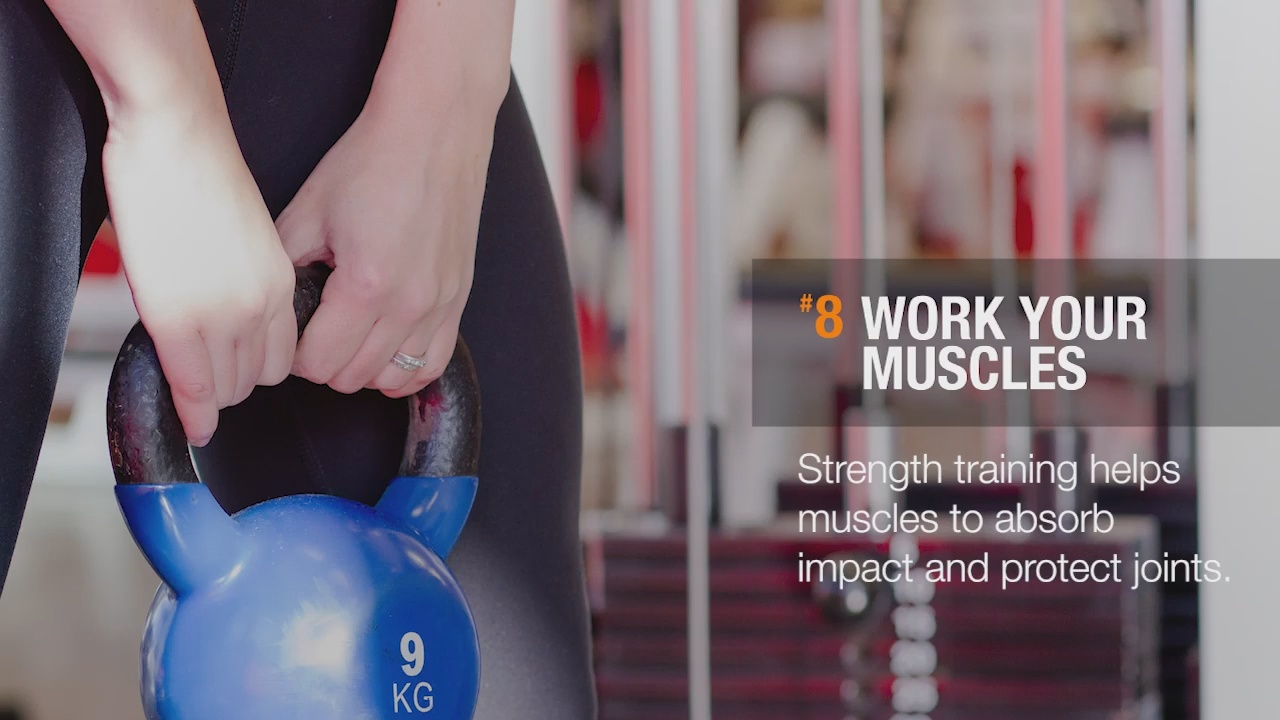
The Hills
Whether your intention track is hilly or not, the more hills you do, the more effectively you will prepare for an ultra.
Middle Distance Workout
Middle distances are vital and a great workout. Moreover, you can quickly recover from it. You can run this range as a tempo run.
Ultra Speed Workouts
Let your long distances accomplish on time. Hold the leg up and maintain a decent pace. Don’t let your rate slow down to a shuffle when you do your long runs.
How Long to Recover after a Couch to Marathon
Every runner recovers at different speeds. This period largely depends on the Couch to Marathon training and the amount of exercise. If you are a runner who has run for less than three years, or you haven’t done a lot of preparation leading into the half Couch to Marathon, it would be better to allow two weeks of recovery.
This recovery period should initially include a week or two of light walking, swimming, or cycling. Those activities contribute to your recovery. By the end of this period, you can start doing some very low-intensity short jogs.

It is imperative to use your decisions based on how you feel to determine when to restart a workout completely. Relaxing for two weeks is generally a good rule, including cross-training and other general activities. Switching to other businesses will allow physical and mental recovery.
Post Race Recovery
Immediately after the race, you have to drink water or sports drinks and eat immediately after the run. Also, keep moving and do not sit right away after the run. Muscles have to cool to be adequate. Finally, make sure to have an excellent stretch to ease muscle tension.
Later in the day and days after the run, you can use a foam roller. Your feet muscles can hurt after running a marathon, and foam rolling help to loosen tense muscles. Also, rubbing your strengths can help you to recover.

Hydrate and drink plenty of water for several days after the Couch to Marathon to replenish. Moreover, you have to eat right since you will be hungry. Proper eating will help your body to recover. A gift or two doesn’t hurt, but know when to stop and what to eat before, during, and after the marathon.
How To Avoid Injury
In preparation for the marathon, most people complete more Couch to Marathon training than ever. The most common cause of running injuries, such as plantar fasciitis, runner’s knee, shin splints, and Achilles tendonitis, is the rapid growth of the amount of running.
Unsurprisingly, many would-be marathoners succumb to injury during the Couch to Marathon training. Gradually increasing the training mileage is vital to avoid damage. If you follow a training plan, you will have fewer chances of injuries. If you do not develop a specific program, try to avoid a massive increase in the weekly distance. Consistent gains of 3-5km per week is an excellent rule.
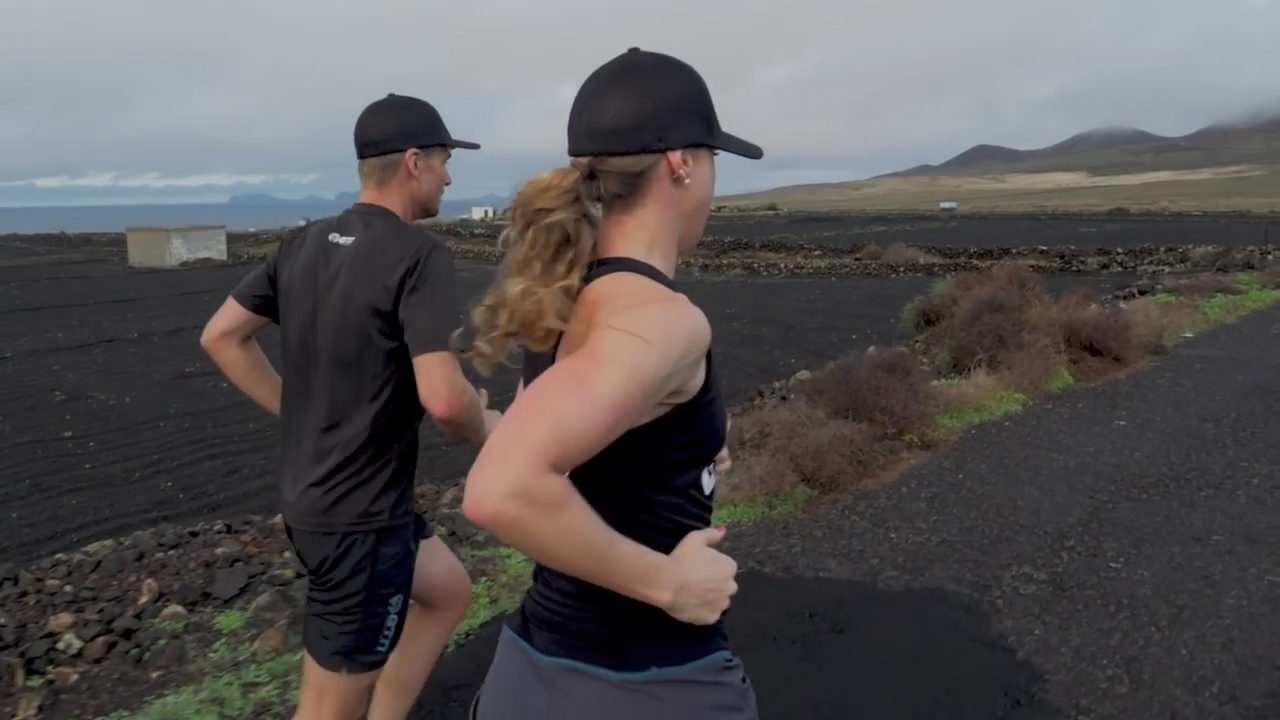
You will also need to adjust your strategy if you miss a couple of weeks on a Couch to Marathon training plan. Going on the eighth week is unwise if you miss six and seven. Instead, see what you did the last weeks and build a little faster the plan to catch up with the program.
Strength training focusing on your legs and core will also help prepare your body for the marathon’s demands. Exercises like squats, calf raises, and lunges will strengthen your legs, while yoga and pilates are good options for stretching tired muscles and forming the leading forces. You will also find a foam roller helpful.
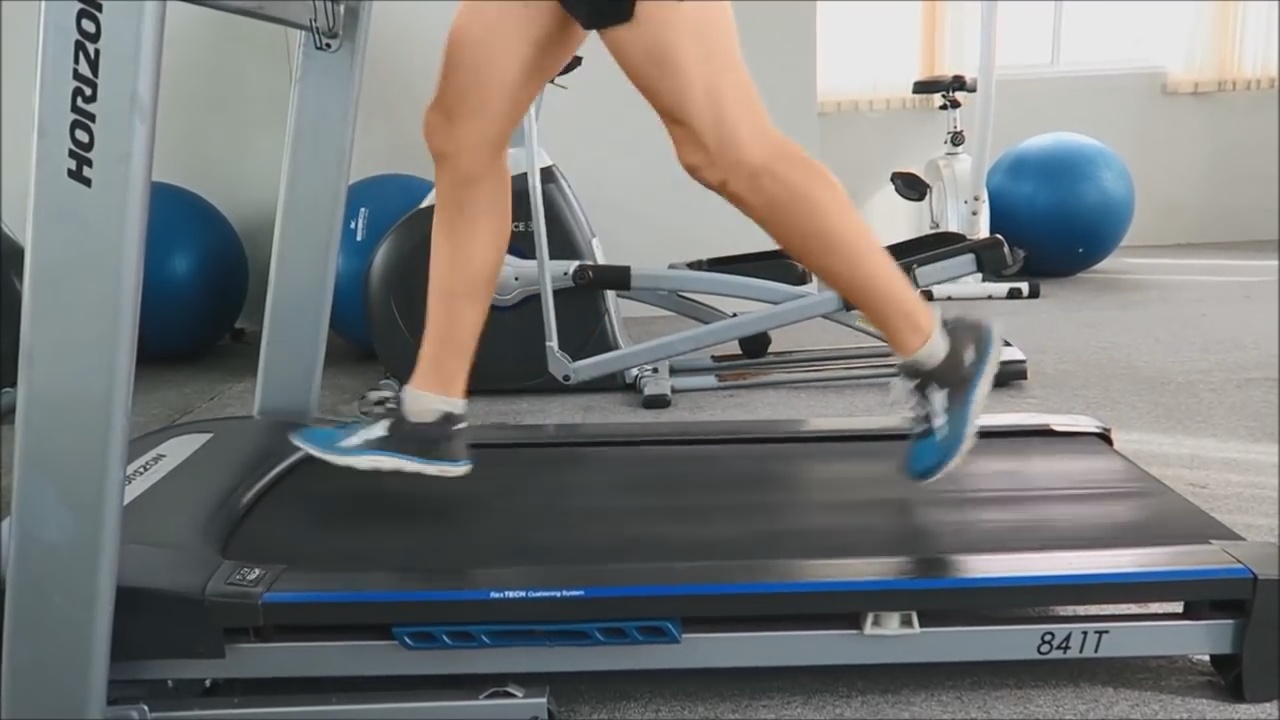
Some injuries are inevitable. If that happens, go to the physio, and don’t worry if it ultimately means you can’t run your marathon. There will always be another race until you destroy your body, running through pain.
More on Injury Prevention
Changing fluids
How much you sweat will depend on factors such as environmental conditions, the intensity of exercise, and your sweat losses. Replenish water reserves after and during exercise.

Consume carbohydrate
If you are doing the intensive activity for 60 minutes, aim to consume about 1g of carbohydrates per kg of body weight for 4 to 6 hours after a workout.
Eat after Workouts
Consume 15-25g of protein 0-2 hours after exercise. Excellent food choices include a low-calorie chocolate milkshake, a chicken sandwich, tuna or cheese with a jacket potato, and baked beans on toast.
Get Quality Sleep
Sleep is an integral part of recovery. Try to get at least 8 hours of quality sleep after a workout or race. If you train twice a day, try to take a short 20 min nap before the evening session.
Recovery and Foundation
Recovery is a learning process. The mentality with ultras is to go big or go home. It is good to go big when the time comes, but ignoring the need for rest and recovery is a mistake. Big days are great with the correct recovery, but reaching too far or hard daily is unsustainable. Being realistic is the key to creating enough stress to cause a reaction, but not in a way that you struggle to recover or get injured.
Consistency is also crucial. Although some methods of preparation may vary, one common thing is sequences. Giving yourself a consistent regime will make you a stronger and more confident runner.

Moreover, you need to build a solid aerobic base. A common mistake in Couch to Marathon training is trying to deliver a fast-paced running place without foundation. Marathon running is highly aerobic. Building a solid aerobic base will be the basis for the race and training. Keeping a close eye on your workload and heart rate is a great way to keep you informed during the aerobic base phase building.
Anaerobic Threshold and Recovery
It would be best if you ran a marathon at a pace below the anaerobic threshold. The anaerobic threshold is the intensity where the body can still get enough oxygen to clear the bi-products of lactic acid. Your Couch to Marathon training program should include plenty of training sessions where you run at the same rate and only this rate.
By doing this, you will be able to promote your level of tolerance of lactate and thus be able to run the marathon faster than you previously could. Recovery is also an essential part of the program. Working on the lactate threshold is hard, so the body must be restored before doing it again.

A race measure to consider is the faster-than-race pace measure. Take the same amount of time to run smoothly between the quick efforts. Any fast-running session should also have a 10-minute warm-up with dynamic stretching and 10 minutes cool down with static stretching.
Sessions should fit in with your life. Try to stick to the formula of having an easy day and a rest day after the faster sessions. Recovery is an essential part of learning. Besides, if you are tired of a working day where you scheduled a quick program, save it for another day and take a day off or an easy run.

Listening to your body is essential. This listening process will tell you when you need recovery. An elevated heart rate at rest indicates that you need to rest, as it is likely that you are fighting a bug or virus. Don’t run if you are ill or run down. It would be best if you did not try to make up for lost time. If you miss sessions, it is probably best to return to the schedule where you left off and change your goal race.
Leave your Comfort Zone
Dedicated runners train more than just for health and fitness. Professionals test limits, run faster, and set personal records. After years of work, runners stick to the distances. They succeed better than other runners. Some are naturally faster, and others thrive on endurance. Those differences are mainly due to genetics.
While focusing on one race is to run your best, further, improvement is often difficult with the same repetitive stimuli. Even the best Couch to Marathon training plan will have you stagnate at some point. Of course, you can increase the overall workload. But even that comes at a critical moment when time or trauma stability are limiting factors.

There need to be leadership structures throughout the season, of course. It’s not helpful to jump back and forth between 5K and the marathon. But focusing on shorter, faster races early in the season can lay the foundation for a new marathon PR attempt later in the period or vice-versa. If you want to run faster, start with an honest assessment of your strengths and weaknesses.
3K and 5K training paces can improve maximum aerobic capacity even more than 10K. Your VO2 max values go up despite a sharp drop in overall training mileage. Finally, you can run proper distances without interruption of the extra practice.
Running Easier
For many people, a marathon is a true-life event. And it will be a real test of your physical and mental strength. When you cross the end line, you will experience a sense of euphoria that is hard to match, but you must do it first.
If you have at least four or five months before race day, you have enough time to get in shape for a marathon, but it is always better to start early to give your bones time to adjust to the rigors of regular running.

If you have six months or more from the race day, you don’t necessarily have to dive into a complete exercise plan. But get one or two runs per week, gradually increasing the distance over time. Indeed, making a running program is much easier when you raise your mileage in preparation for the race.
If you secure a place at a marathon, it is time to prepare for the event. If you already know somebody running marathons, why not ask about workouts?
Walking Strategy
Almost nobody can walk 100 miles. Using a run/walk strategy can be better for beginners at the beginning of the race. You need to save every ounce of energy to continue running as long as possible. Alternating running and walking uses different muscles and allows you to go further than each individually.
Three Runs a Week
Results show that runners can run a successful half marathon three days a week, following a specific training plan and cross-training. Training intensity is the most critical factor for improving the physiological processes that determine performance.
Base Building Phase
At the stage of base-building your ultra training, you develop the cardiovascular and pulmonary function. This phase improves your ability to transport oxygen. Practice in this ultra-phase workout corresponds to the increased time/distance you run.
Gradually raise your weekly mileage and the distance of your long run. This phase should be the most extended training. It needs to last at least 12 weeks to 16 weeks. Phase base construction is about developing aerobic fitness. Run the equivalent weekly mileage for at least two weeks before increasing the distance.
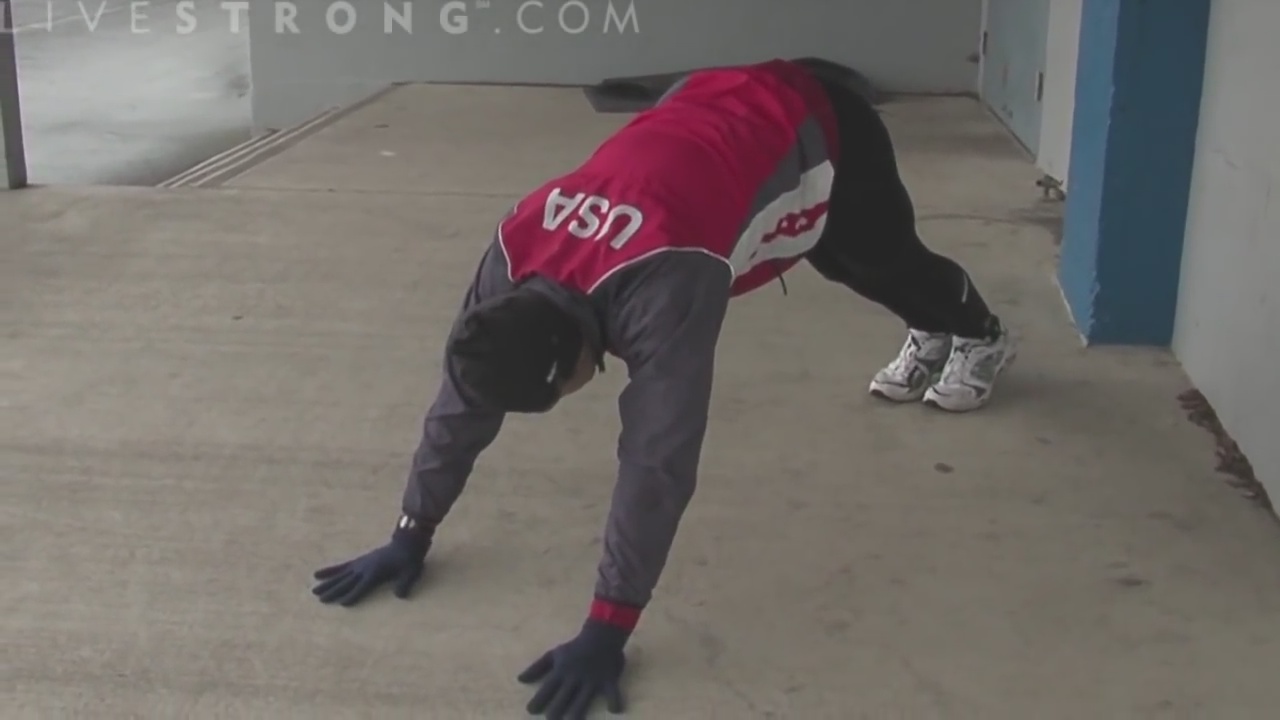
Only experienced runners should do a long run each week. All others must do one long run every two weeks. Your effort should not exceed 85% of your maximum heart rate. You don’t take time off, either before or after the race at the base building stage.
Work in a 4-week cycle. In week 2, raise weekly mileage of about ten percent. In week 3, increase the length of your long run, but hold the total weekly distance the same as in week 2. Week 4 is for recovery.
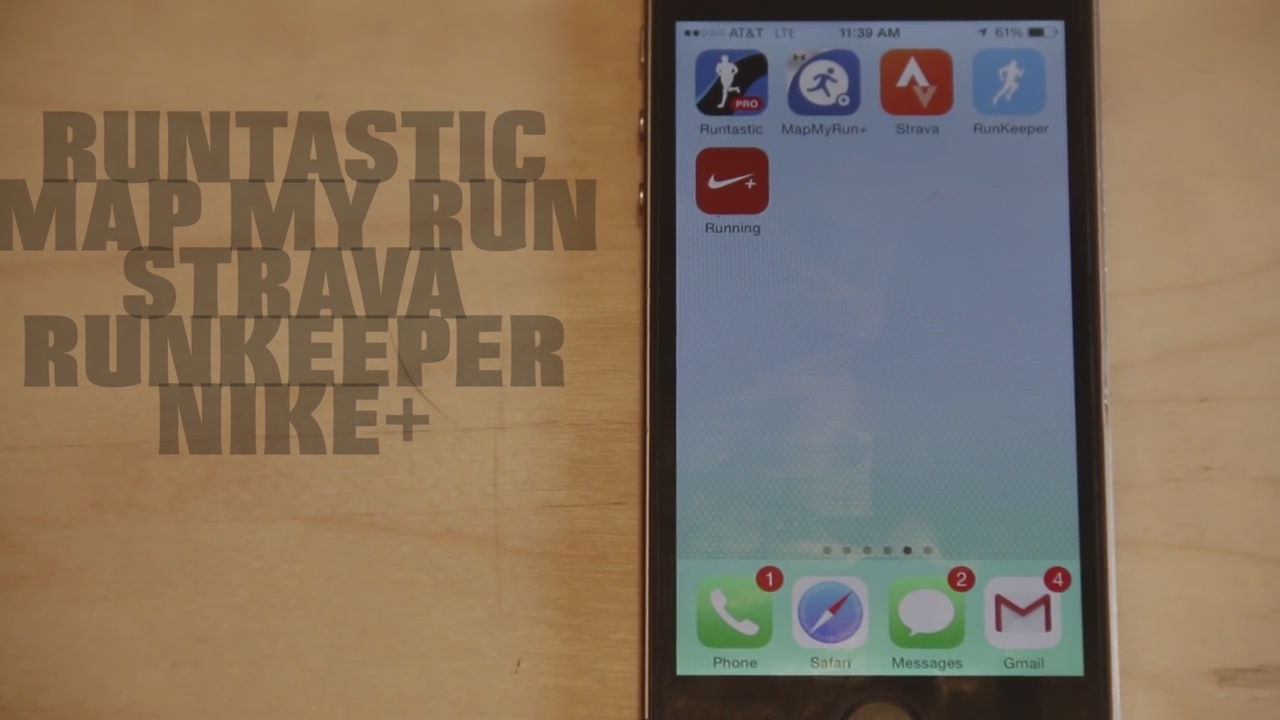
This plan lasts four long, 20 to 30 km for 16 weeks. That will prepare you to finish your first ultra-marathon. If you are an experienced marathoner, you can increase this number by adding more weeks. Very professional runners can also add long weekends. For example, you can run a long run on Saturday and a long run on Sunday.
Aerobic Capacity and Endurance
There are two methods to improve your running: run faster, or run more distance. The first can lead to injury and only gives the potential at a certain point, while the latter offers more growth potential and stability. The highest mileage at a comfortable pace increases your aerobic capacity and prepares you to run a marathon.
How to run faster? Endurance training is running longer runs at a more natural pace. This Couch to Marathon training increases capillaries’ density, mitochondria, red blood cells, and hemoglobin. As these increase, your body becomes more efficient in transporting oxygen through the blood to the muscles. The more oxygen your tissues can get, the further and faster you can run.

A higher volume workout also causes your muscles to store more glycogen fuel and more efficient use of intramuscular fat. The advantages of high mileage during Couch to Marathon training will help you get the oxygen and glycogen to your muscles faster and run further, faster, and more efficiently.
Many sports physiologists indicate that aerobic capacity no longer improves after 60-70 miles per week in training. Why do some runners, particularly professional runners, continue to work more? The reason is that the more you run, the less oxygen you need to maintain a given pace, such as in a marathon.
Dynamic Stretching
You don’t have to waste your time touching your toes and pulling the leg back to stretch the thigh muscles statically. Despite recent evidence that holding a static stretch for some time can prevent acute muscle injuries, such as fractures or sprains, damages of this kind are unusual in runners. Having a bit too long can even make your muscles less strong.
Instead, you can try dynamic stretching. Dynamic stretching heats the muscles in repeated movements. For runners, the ideal workout can include squats, lunges, and exercises such as buttocks and heels. While some professional and amateur runners swear by these pre-workouts, no research shows that dynamic stretching prevents injury.
Running Speed
As for speed, there are a few different ways to incorporate rate into your Couch to Marathon training. Fartlek is not only a cool word to say but an excellent technique. Fartlek is when you run as quickly as possible for a set distance, say 100 meters, or to the next lamp post. Then you run less fast until you recover and repeat the process.
Fartlek makes your legs ready to turn over quickly. Another method consists of Yasso 800. Yasso 800 method is an excellent indication of your full marathon or half marathon finishing time. How it works is that first, you warm up for 5 to 10 minutes and then run 800 meters at marathon time converted in minutes and seconds instead of hours and minutes. For example, if you plan on working 4 hours and 15 minutes for a full marathon, you run 800 meters in 4 minutes and 15 seconds.

Increase the number of repetitions every week until you are doing ten repetitions. If you do 10 Yasso 800s in 4 minutes and 15 seconds, you should have no problem with 4 hours, 15 minutes, or a 2-hour, 8-minute half marathon.
Strength Training
Adding one or two days of strength training can complement your running sessions to improve performance and overall fitness. You can mix weight training, cardio-cross country Couch to Marathon training, or supplement training on alternating days. Use functional exercises involving multiple muscle groups, like squats, deadlifts, and lunges for the lower body and pull-ups and presses for the upper body.
Strength training for running focuses on simple movements. These movements will help to bulletproof you from injury and increase your overall speed. If you are unsure of any moves, check YouTube or ask someone at the gym, and they can help. Also, you can change the repetitions from week to week. For example, following the schedule for one week, you will do 415 squats, and then on week 2, you will do 412.
Hill Running
Find a relatively steep hill. About 6% of the grade is perfect. It will take you at least 2 minutes to run up the mountain. Make attention to the body position going up and down the hill. On the way up, shorten your stride, and increase your knee lift and arm action. Also, run up on your toes to get a decent push from your hips, knees, and especially your ankles and feet. On the way down, lengthen your stride slightly by increasing your follow-up and a high foot in the back of your step.
Adding Tempo Runs and Fartleks
When you begin work on your pacing and speed, you want to add runs and fartlek runs. Tempo runs are multiple runs where you start with a warm-up jog, accelerate to your race pace, and cool down.
Fartlek is a Swedish word for speed play, forcing the body to switch between fast-paced and slow, comfortable pace for half a mile.

You can combine Fartleks and Tempo Runs on different days to obtain the training advantages of both running methods.
Sports Drinks
Electrolytes are water-soluble nutrients such as sodium, which may leave the body through sweat. Sports drinks can replace these electrolytes in the body. However, the Couch to Marathon training duration must guide what you drink. If you run for less than an hour, water is enough.
After running for one hour, your body needs these nutrients, so a sports drink can help you maintain your energy levels. Sports drinks often contain sugar your body does not need if you are healthy. They can also get pretty expensive. So, while sports drinks serve a purpose among elite athletes and those who exercise for a long time, for those who physically exercise at moderate intensity for one hour or less, water is probably the best choice.
Couch to Marathon Training Equipment
You will need the appropriate gear for a marathon. To begin with, you need jogging sneakers suitable for long-distance running. If you have a pair that works well, buy a second pair for the marathon with only about 50 training miles for the race day.
Also, get excellent sweat-wicking running socks and a racing suit. Wear the gear many days during your training to know it works for you. Be sure to avoid dehydration, using sports drinks during long days of Couch to Marathon training. Find out what the race will provide on the field and train with that drink, if possible.
Breakfast
If you go to work early in the day, make breakfast light snacks, so your stomach is not upset at runtime. Stick a piece or two of whole-grain toast topped with peanut butter or egg to have some complex carbohydrates as a source of protein. You can also try fruit and vegetable smoothies with bananas, spinach, coconut water, and protein powder.
If you don’t find the combination dish that works well for you, stick to something that works when you get close to the half marathon. The night ahead or the morning of the race day is not the time to explore new food combinations.

Your breakfast could be more substantial if you plan to work until later in the day. For example, two or three eggs cooked in coconut oil for a solid combination of healthy protein and fats. Also, you can add a cup of coffee, as caffeine can improve your athletic performance.
Gaining Weight
No matter how you train and how many miles you run, you will be afraid that you can’t run for 26.2 miles, let alone 26.2 miles, at your goal marathon pace. Trust me, even elites on aver, age, 150 miles a week, and put in some crazy workouts have this fear.
All the participants said they needed to load up on carbohydrates and build their glycogen stores on race day approaches. However, since you are also significantly reducing your training volumes and intensity, this increased calorie input is bound to pack on a few additional kilos or two.
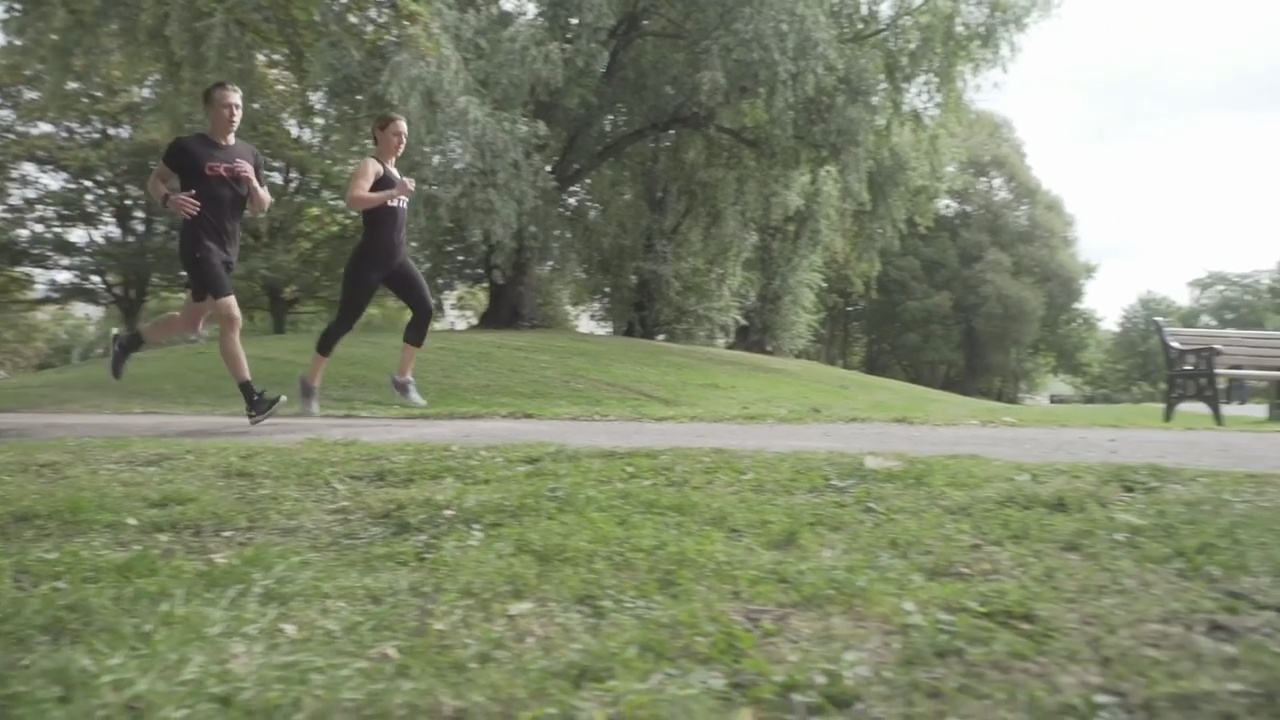
It is a mystery, especially if you are trying to lose weight during the entire training cycle and want to feel light and agile.
Ultimately, he was getting the glycogen you need without feeling like the marshmallow man was a battle. The struggle is to avoid weight gain and have enough glycogen reserves.
Hydration
Hydration is essential in hot climates. Many hours of running increases the likelihood of dangerous levels of dehydration. Drink plenty of water and check the color of your urine to ensure it’s not too dark.
Another significant hydration issue can be hyponatremia or electrolyte imbalance caused by low electrolyte levels. Drinking much water throughout the day without replenishing electrolytes can lead to intoxication. Use electrolyte vegetables in your water, such as celery.

Nearly all marathons include water and aid stations on the way. If you plan to carry your water on race day, use a backpack or belt. Use them in advance in your training to get accustomed to working with them. Never try something new on race day. During the Couch to Marathon training course, train with enough long runs without aid.
Picking Your Marathon Running Shoes
You waste a lot of time in the shoes you use for training, so getting the right ones is essential. If you have a preferred brand and style, stick to them. If you are uncomfortable in your shoes or pick up a lot of injuries, you can also check your gait.
Many stores can analyze you to offer you the best option. For example, a quick run on the treadmill will help the specialist determine if you overpronate (your foot rolls too far inward), underpronate (your foot don’t push far enough), or if you are a neutral runner.

More advanced gait analysis will look at how your body moves when running. Nonetheless, it is only justifying if you encounter many pains. In that case, it is best to visit a physiotherapist for help. Once you know the right shoes, test them on a treadmill in the store if possible. Go for what feels best is a good rule, even if it is contrary to the advice of others.
You want a well-cushioned shoe for training because you will gain a greater distance. Be careful using professional ultra-light shoes because they cannot be soft enough for ordinary runners. Finally, under no circumstances you buy a brand new pair of shoes for your marathon and wear them for the first time on race day. This fact applies to all your gear.
How Tech Can Help You
If you want to track your routes and view them later, free running apps like Strava, Runkeeper, or Nike are your best bets. If you wish to use the apps on your wrist while you work, you can use a GPS tracker like Garmin Forerunner 35.
If you spend around 200-250, you can get trackers that will actively teach you workouts and training plans, such as the Garmin Forerunner 235. There are fitness smartwatch manufacturers like Fitbit and Apple Watch, which are less able to run trackers than
Polar and Garmin. Nonetheless, if you need more entertainment than statistics, those allow carrying your music with you on your wrist.

Most will find everything you need in the 200 to 300 brackets, but if you want more advanced navigation features, feedback, and learning, check out those closer to 500. Garmin Forerunner 935 is one of the top choices for runners. It will tell you if your exercise is productive or if you overdo it. Also, it gives you advice about how long your recovery should be after each run and much more. Finally, it determines your best time for the marathon and other races. Nonetheless, it tends to be optimistic, so don’t worry if you are short.
Marathon Virtual Trainer
Virtual trainer NYRR is a fully customizable day-to-day Couch to Marathon training program that adapts to changing lifestyles and curricula. Directly supply information about yourself (age, gender, current class schedule, latest races, stats, etc.), and get a flexible mode to guide you.
If you need to move your long days of running and rest during any week, or if your race steps change at any time, the virtual trainer will automatically adjust your training plan.
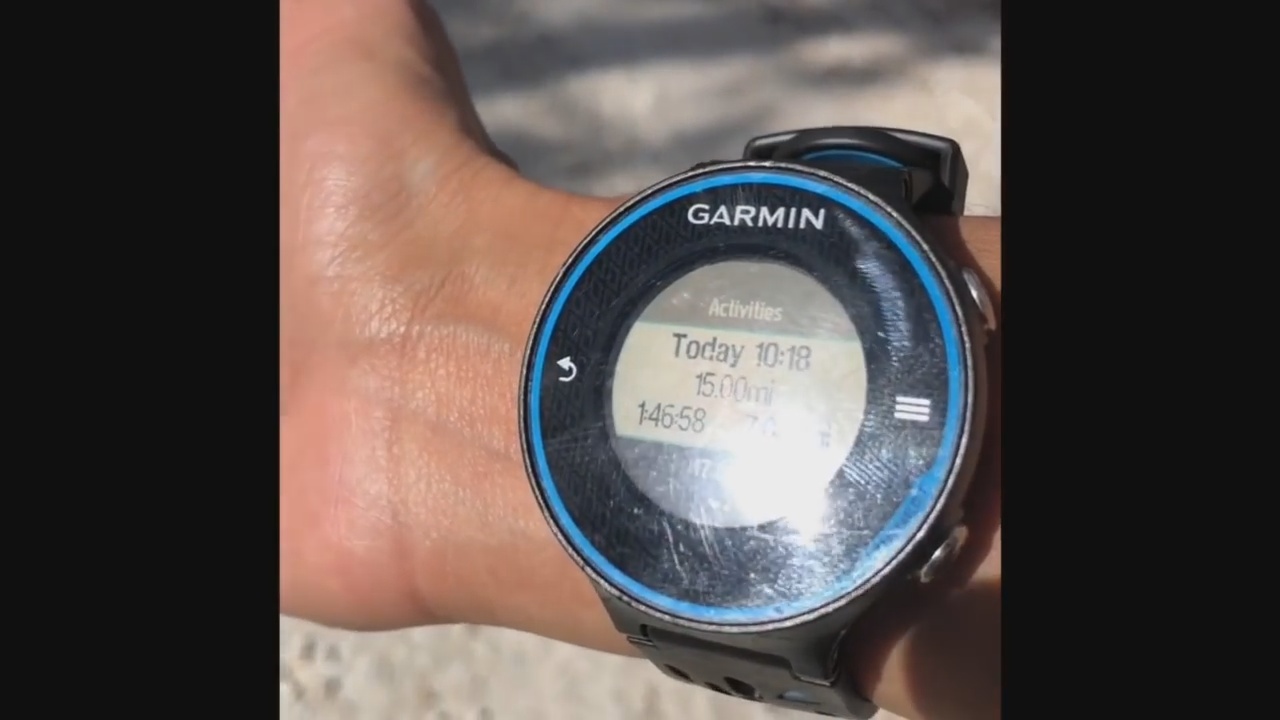
Keep on top of your workouts with workout plan reminders delivered in daily or weekly emails, expert preparation for races, strategies, and tips. Also, stay motivated by becoming part of the NYRR virtual coach Facebook group, where you can interact with other runners experiencing triumphs and challenges on the way to the same ultimate goal: crossing the marathon finish line.
NYRR coaches can review your training plan with you. Moreover, they are available via email throughout the program to answer all your Couch to Marathon training questions and provide individual motivation to help you. When you need encouragement, you can email your coaches tips on stimulation, nutrition, gear, and race tactics.

More info here: https://www.nyrr.org/
Motivation
Preparing your mind for the race is one of the most important things you should consider before the event. Many runners have the right motivation at the beginning of Couch to Marathon training but lose their fighting spirit during training. Thus, you must have the correct attitude during training and racing.
It would be best if you had a Couch to Marathon training plan that motivates you and will help you to be out the door every day. It would be best if you found your motivation. Because the marathon is not random, you need to know precisely why you want to go and keep that motivation burning like a flame.
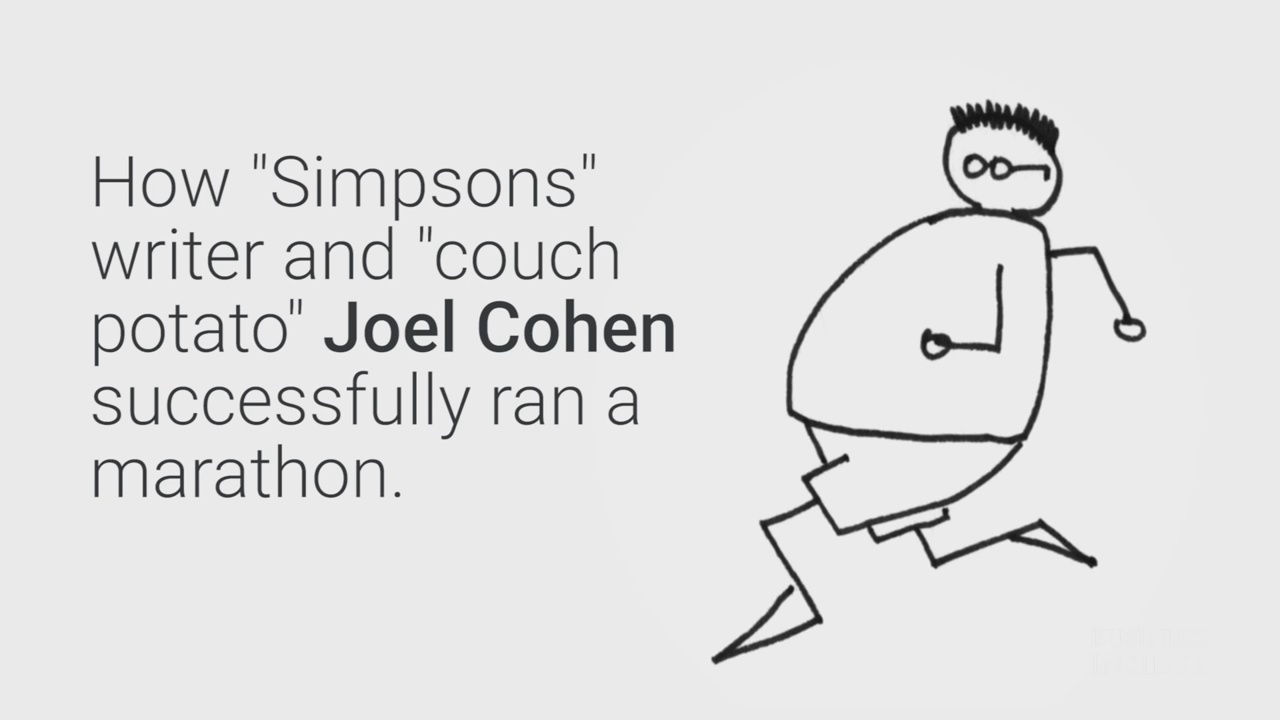
Also, it would be best if you asked for support. Couch to Marathon training can take a long time, and you need the help of your family, friends, and even colleagues. If you are a couple, ask your other half to chase you. Finally, sign up for working groups. There is a lot of support for novice runners. Stores often have running clinics and group rides.
Consistency
Whatever plan you select, your purpose number one is to be consistent. The best workout plans can be easy, and there are no super-hard or hard-to-understand sessions. The final goal of any marathon plan is to get you ready to cope with the rigors of 26.2 miles. The best way to do this is to run as often as possible for as long as you can handle it with the proper recovery.
There‘s nothing wrong with time, provided that you are healthy and prepared to handle an unevenly distributed load, but it’s not a great way to start your run in the beginning. Look for a long-term plan. It’s anywhere from four to six months. This option will give you enough time to build your fitness without risking your running health.

You will become mentally and physically more resilient. The final weeks of the Couch to Marathon training are where all the volume falls. The longer you run for the last weeks of your plan, the better you will be able to cope with the increased load for the marathon.


